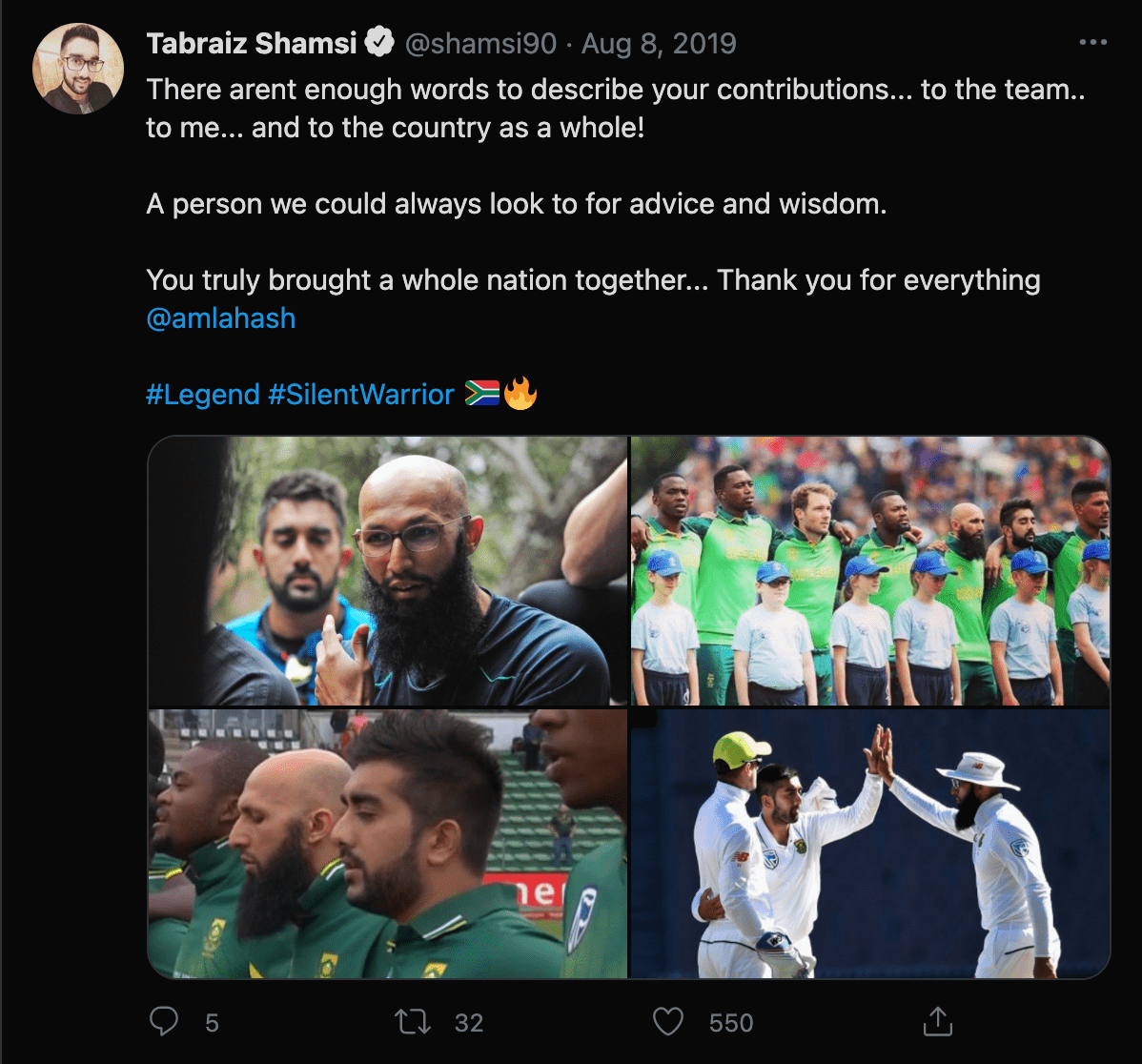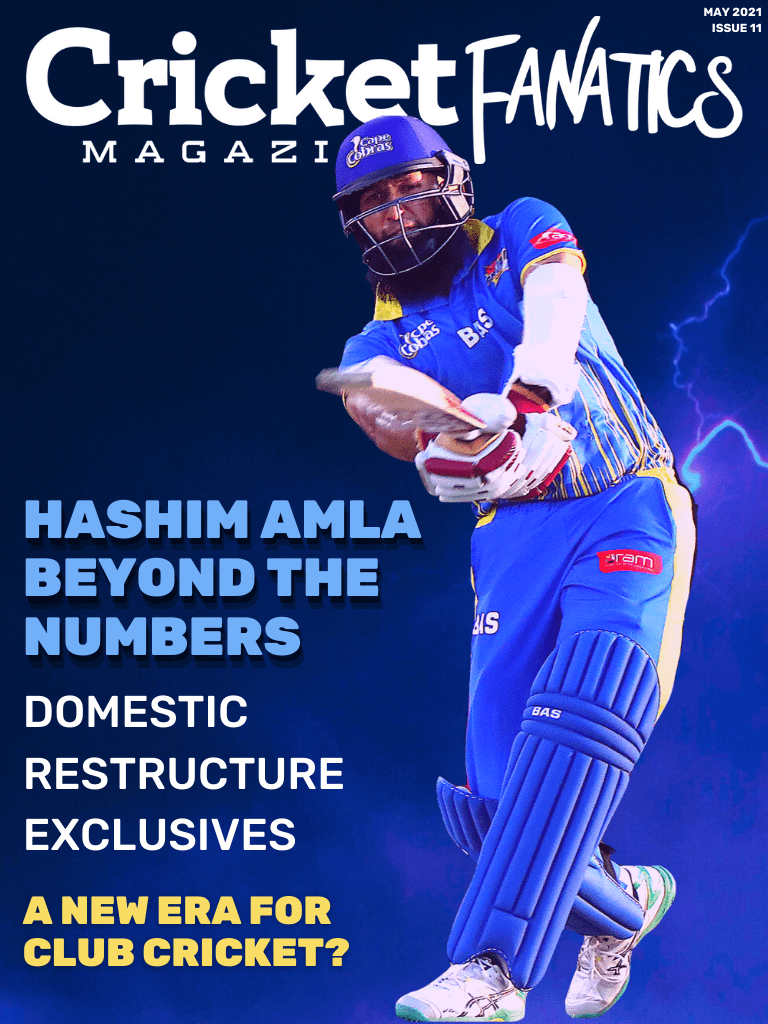
Table of Contents
EDITOR'S NOTE
The Domestic Restructure Edition
Khalid Mohidin
Founder and Editor - Cricket Fanatics Magazine
It's official. Cricket South Africa has dropped the six franchises and created a tiered structure compiling of 8 Division A teams and 7 Division B teams, with a relegation system.
It's a move I believe could invigorate the competitiveness of cricket in South Africa.
Franchise cricketers were, for as long as I can remember, a dying breed. Players are no longer swamped in the malls and the streets by fans eager for signatures of their heroes. Dwindling are the supporters in the stadiums. Low is the incentive for the youth to take up cricket as a career for reasons beyond simply the ‘love of the game’.
Now that the franchises have been dropped, the players who made up the Titans, Cobras, Lions, Warriors, Dolphins and Knights will filter into their respected provinces. This will bring back the rivalries between regions, making it more entertaining for supporters.
Those semi-pro cricketers who don’t make the cut will form part of the B Division and the rest will be funnelled into the club cricket system if they desire to stay in the game. This will strengthen the quality of players in the club system.
If the level of club cricket rises, it should increase attendance at games. More people at the games will open up the opportunity for tournament or league sponsorships to fund the club unions. This money can be distributed to the winners and to all teams participating in the club system. And so forth.
The restructured model could strengthen club cricket, which could be key to drawing more lucrative advertisers to the sport, and expand the abilities of the fraternity to utilise the new-age media to build support and a following.
Not only will clubs be more profitable, but players who have lost their semi-pro contracts can now get paid by their clubs should they make the first team.
However, there is consensus that this will create an unfair advantage over poorer clubs, and in English Premier League-like fashion the richer clubs may be able to dominate by snapping up the best players. But with strict transfer policies and Financial Fair Play rules in place, clubs could be forced into using their net profits to improve their homegrown talent and facilities.
There is one rule I’d like to see implemented for seasons to come, for a set number of home-grown players to be included in each A-side, right through the age groups.
This should make club cricket more attractive and give schoolboy cricketers the incentive to take up the sport as a career, and ultimately keep more cricketers playing the game.
In this issue, we lay out everything you need to know about the new system.
So sit back, grab a beverage and a snack, and enjoy the Domestic Restructure Special Edition of Cricket Fanatics Magazine.

BECOME A PATRON
By Khalid Mohidin
A very special announcement that I believe will change the face of the way cricket is supported in South Africa.
Hey, guys! Welcome to Cricket Fanatics Magazine. I would like to welcome you to the first and only fan-driven Cricket publication in South Africa.
I started this venture on 1 July 2019 with a vision to get fans from all walks of life engaged with the game and the personalities in cricket.
We want to tell the untold stories of South African cricket and we want fans to be heard.
Since we started, we covered the Mzansi Super League, Women’s Super League, Proteas Men and Women International Test, ODI and T20I series, as well as school and club cricket, with the aim of providing entertaining, engaging and educational content.
But hasn’t stopped there.
We started a Monthly Magazine where we provide multi-media content, including exclusive features, opinion pieces and analysis.
This works hand-in-hand with our YouTube channel where we produce unique cricket shows that allow fans to call in and have their say.
We have the Daily Show, which reveals all the major talking points in South African cricket.The Sunday Podcast Show where we sit back, relax and engage with the live chat, answering all the questions fans have about us and the game.
We have Off-Side Maidens, the first ever All-Women’s Cricket Show on YouTube, which helps empower women in cricket and gives them a place to share their own views on not only women’s cricket but all cricket.
We have a Legends show, where we interview all legends in cricket.
To produce all of this, we’ve invested a lot of money, time and effort to bring this to you for free.
But to keep this going we need your help. So we have opened a Patreon account.
Today, we are fortunate that technology has enabled anyone to become a patron of creative work, even if they are not a billionaire.
We have therefore launched a campaign for you as a Cricket Fan to become a patron and support us as an independent, bootstrapped publisher.
As a Patron, you also get your voice heard as a Fan.
Plus: You have the opportunity to become more engaged with the content we produce.
Every month we produce at least:
- 60 Website Articles
- 20 Daily Video Shows
- 4 Weekly Podcasts
- Match Previews
- Match Reviews
- Video Interviews
- And more…
So please join our Patreon today.
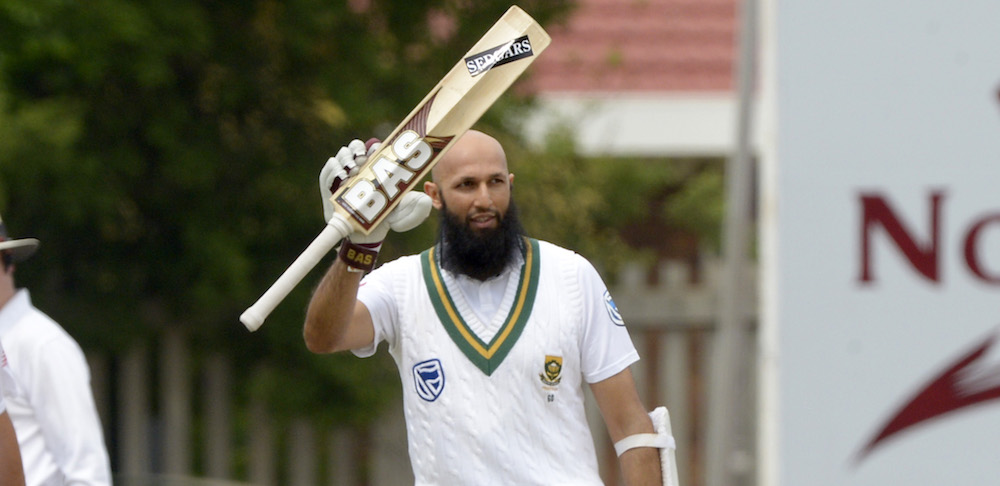
HASHIM AMLA:
BEYOND THE NUMBERS
By Nasri Alexander
With his return to the Domestic Structure, we take a look at an icon, a leader, a legend! Hashim Amla.
This is his career beyond the records, accolades and on-field milestones.
It is easy to look at all the runs and records when summing up the great international career of Hashim Amla.
However, it is his contribution beyond the boundary that will ultimately show how his greatness will be measured in South African cricket.
For a moment, try to forget that the "Mighty Hash" is the first – and still only – Proteas batsman to score a Test triple century. (Yes, the Oval in 2012 will never be forgotten – a momentous occasion in South Africa's sporting history.)
Try to also forget that the "Silent Warrior" currently holds the record for reaching the milestones of 2000, 3000, 4000, 5000, 6000 and 7000 runs quicker than anybody else that has played One-Day International cricket in the history of the game.
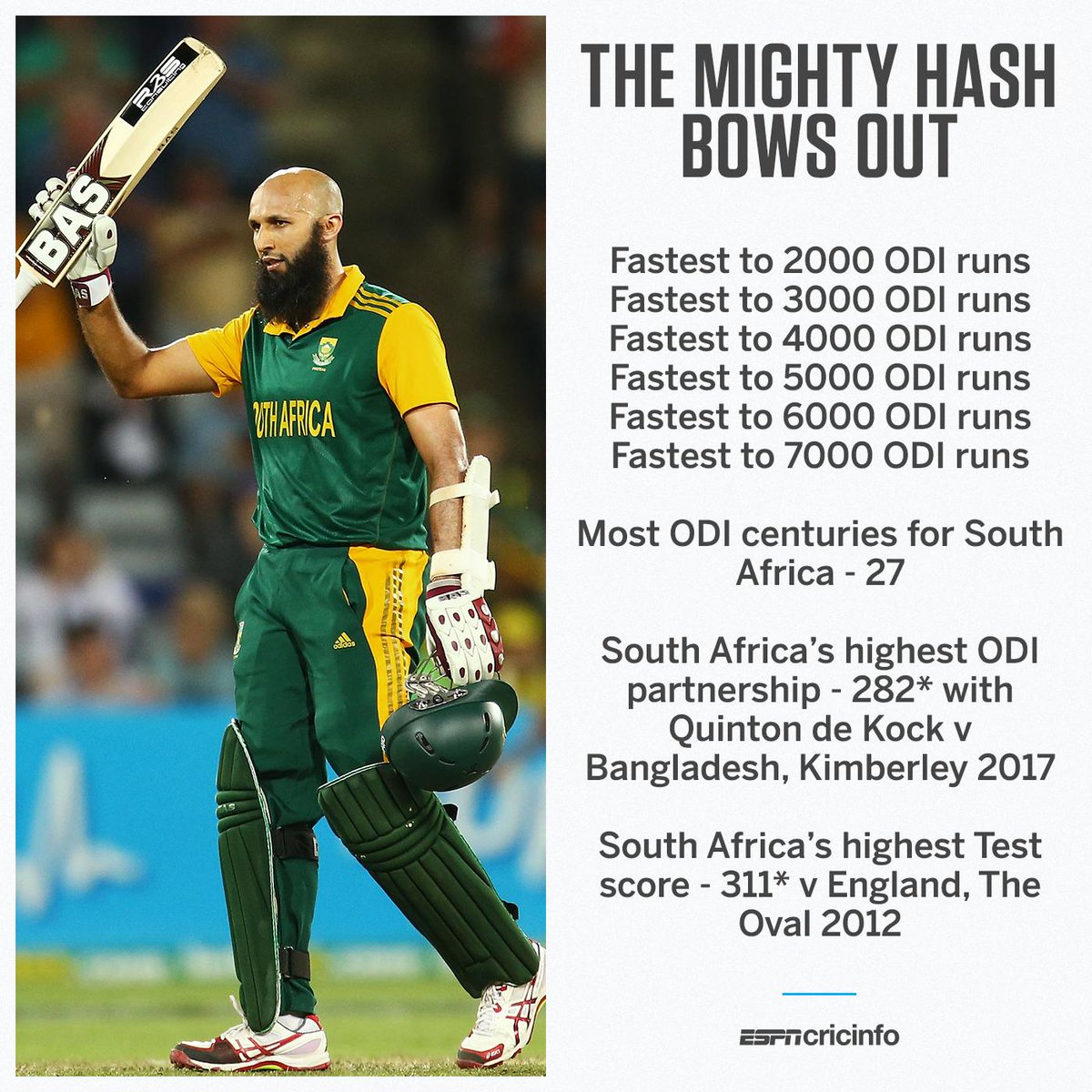
Humbleness is not a trait you would easily associate with most sportsmen in the world, especially great sportsmen, but Amla was not one to speak much or show huge emotions.
He epitomized the very essence of what being a truly great human is, irrespective of what you achieve on the field.
Back in 2004, when he first entered the international arena, Amla was struggling for runs and he was lambasted by the media – especially in South Africa – for his supposedly flawed technique.
He was dropped after just three Tests but, true to his character, he never cried foul for not getting enough opportunities to prove his worth.
Amla simply went back to to the Dolphins and piled on the runs in domestic cricket – without changing much in his batting style.
When he returned to the Proteas side in 2006 and scored his maiden Test century (149) against New Zealand at Newlands it would have been easy for Amla to turn to the media box and do a Nasser Hussain-like celebration of “up yours” to everyone that wrote him off.
Instead, he showed his inherent graciousness with a somewhat “quiet” celebration and that hundred would eventually be the catalyst for a majestic career.
Then, while forging a successful Test career, Amla was pigeon-holed by the same South African media as a long-format cricketer.
He again never uttered a word about the criticism and just got on with it, and how? He proved to be one of the greatest batsmen against the white-ball that the world has ever known and currently has the most centuries in a Proteas ODI shirt.
In a career that would see him being called a terrorist by commentator Dean Jones – that rightly caused an uproar in South Africa – Amla just brushed it off and, being the human that he is, forgave the Australian after his apology.
His character and demeanour would see him earn massive respect, not only from his teammates who always speak about the positive influence he has in the dressing room, but also from all of his opponents.
Amla showed, especially in South Africa, you could be different – in style and technique – but still succeed on the highest stage.
He opened doors for other players, who are also unique, to gain recognition.
Where others were maybe forced to use brute force and puff out their chest to show their bull-terrier presence, Amla showed that calm and steady can also prevail.
The moment that I fondly remember about Amla is when, after hitting yet another century on THAT England tour in 2012, he was asked by former England captain Mike Atherton how it feels to be the best batsman in the world. Amla just shrugged and responded “Really? I’m not even the best batsman in my team”.
That response defined the character of the man that was steadfast in his faith and he was always happy to lend a helping hand to a younger player that was starting out.
Cricket will always remain a sport, more than any other, that will see you defined by your numbers but Amla’s contribution to South African sport goes much, much deeper than that.
An icon, a leader, a legend! And now he's back to play for Western Province and pass on his knowledge to the next generation.
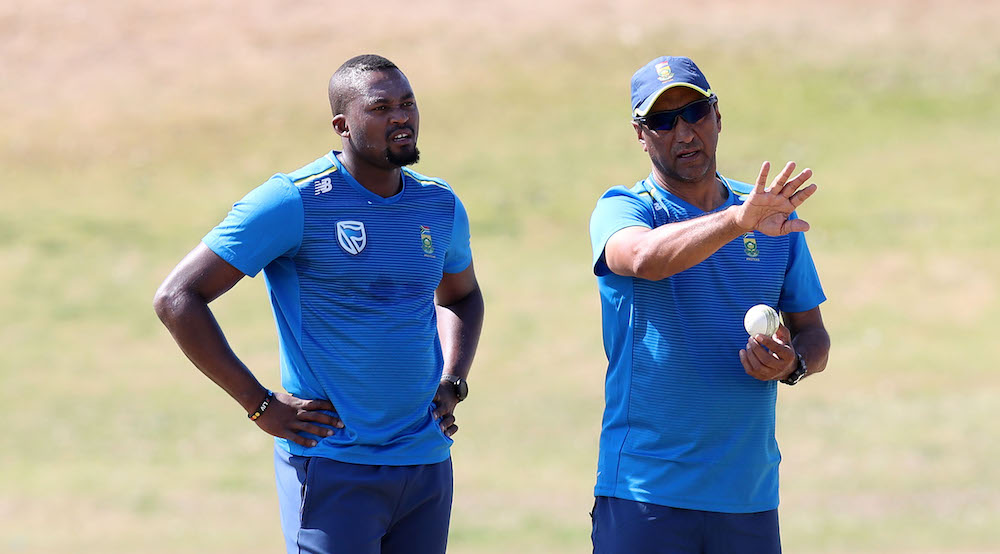
A New Era For Club Cricket?
By Chris Chiwanza
Vincent Barnes played his last professional cricket match in 1993. Back then, the landscape was very different from what many modern cricketers are familiar with. In fact, it is possible that many modern cricketers did not even once play club cricket, and Barnes feels that this might be a mistake.
Barnes feels that it is not every player who comes out of Under-19 cricket that can go on to play provincial cricket. Only a few have that ability. Most of them have to go back to club cricket and learn the trade.
"When I learnt cricket, we learnt by playing club cricket, and it was tough. Club cricket was tough. We grew by playing club cricket," he says.
Hussein Manack, who played professional cricket between 1990-2000 and is now involved in the game as a commentator, analyst and coach, agrees with Barnes.
He feels that survivorship bias is informing decisions when it comes to the marginalization of club cricket. Far too often people are looking at the exceptional young players and moulding the system around them.
"Too many young school cricketers expect to be picked for provincial teams at the age of 18 or 19, which I really think is ridiculous," says Manack.
"I think with young cricketers you may get the exception, a Tendulkar or an exceptional Quinton de Kock or a Rabada. Those exceptional cricketers will stand out head and shoulders above the rest.
"Those players can go from school and Under-19 cricket to professional cricket, but they don't come along every day."
Without naming names, Hussein Manack shared a story of young players who were made to be superstars at age-group cricket who are finding it very difficult to get steady on their feet at club cricket. They are failing to perform because they are not mentally strong yet. The intensity is a little too much for them.
"A lot of club cricketers are really good cricketers," says Manack, "and many of them feel that club cricket has not been given the relevance it deserves."
Vincent Barnes lends credibility to this story by telling a story of how he was selected from club cricket to play for his province against a touring Zimbabwe side in the 1990s.
By then, Barnes had retired from provincial cricket and was only playing club cricket. This would brush away any thoughts or assumptions that it is a weaker league or not an important part in the development of a player.
"People were getting selected from club cricket. A player could be selected from club cricket to go and perform for the provincial B side. These players could then go on to work their way up to the provincial A-side."
By skipping the club cricket stage, many people could be neglecting a very important part of their development. It gives the sense that players are in the fast lane, in a hurry to reach the top. This has then had the knock-on effect of youngsters developing the wrong perspective of their cricket careers. They become impatient with the system and expect too much too soon.
"A player goes from school cricket to SA Under-19 and from there they expect to be handed a franchise contract, and yet at this age, they are still learning the trade. This has the danger of creating a conveyor belt of underdeveloped cricketers," Barnes warns.
This is a view that is also shared by Hussein Manack: "I think in South Africa there is an overemphasis on school cricket. I think school cricket plays a big part, but only up to the age of 17/18.
"Beyond that, I think when cricketers leave schools they are far from being complete cricketers. They still need to play a few years of club cricket before they are ready and ripe to be picked for provincial cricket."
The hope, now that a new domestic structure is in place, is that club cricket will be given a new lease of life.
"It would be good if CSA took this opportunity to bring club cricket back into the pipeline because I do feel it plays an important role in developing, growing – particularly mentally growing – young cricketers," says Manack.
Barnes agrees: "A lot of the club structures are non-existent, hopefully, it's going to kickstart it again and get club structures going again in some parts of the country.
"We have to try to encourage that club cricket culture that was there in past. Encourage players to go and play for their clubs."
Manack feels that the approach should be more intentional: "Cricketers should be playing club cricket immediately after school or when they are still in school."
And if CSA takes this opportunity to give club cricket the relevance it deserves, this could also herald a new era in terms of sponsorship for club cricket. Over the years, club cricket has lost sponsorship. It became a river the ended in itself.
It's difficult to attract sponsors, and even fans, to a league that leads nowhere. No one wants to invest in a league that does not seem to be going anywhere. Sponsors want to be a part of something big, something that will have a wider impact.
Who would not want to invest in a league that might be housing the next big thing? The next Proteas star who is just taking their time to learn the trade?
What this will mean is the improvement of facilities and player welfare too. Club cricketers will be able to get a decent income, something that will add an extra layer of motivation in their competitions.
And besides the money, bringing club cricket back to the forefront of cricket development will broaden the player pool from where cricketers will be identified from.
Having more players turning out for clubs and competing for sports to be recognized by provincial B teams will also have the knock-on effect of even stronger provincial A and B sides.
Stronger provincial sides mean a stronger...?
Get More Clients With Cricket Fanatics Magazine
Cricket Fanatics Magazine has the visibility, infrastructure, expertise and toolset to automate your marketing and branding.
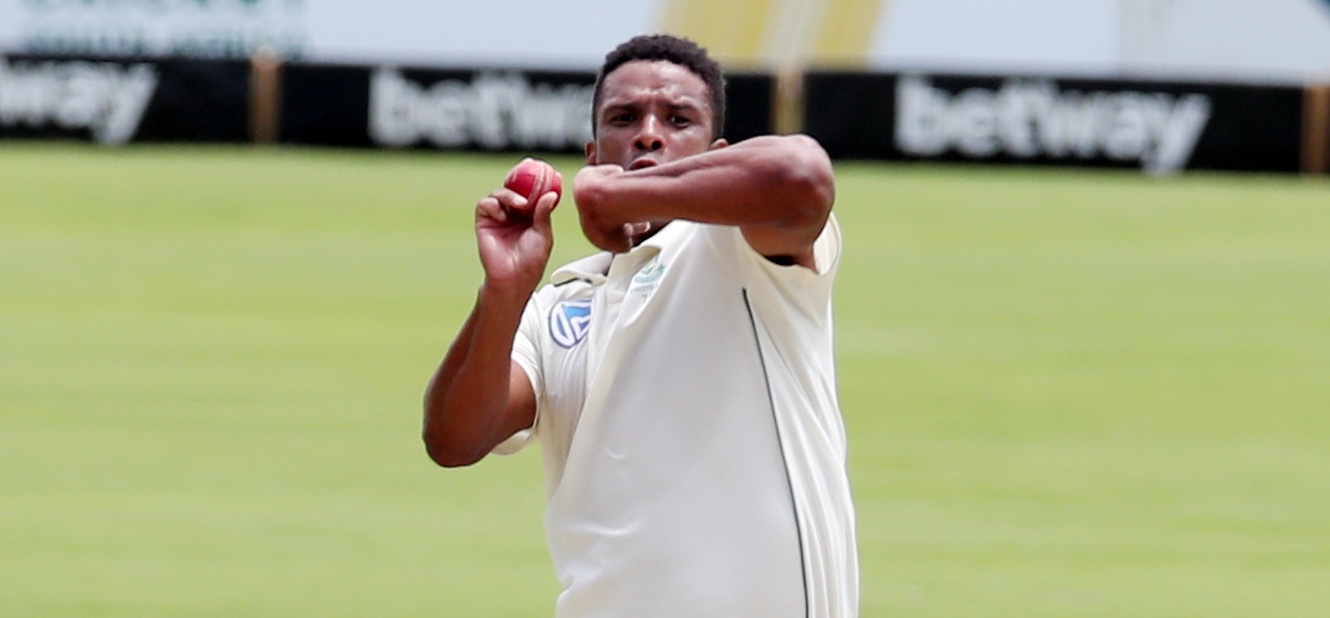
All the Squads and Probable XIs
By Lubabalo Skhosana
The franchise system will no longer be in play but there will be a two-tier system split into division 1 and 2. Provinces from both divisions have made available their confirmed squads and we will be looking at Probable XIs for the division one sides.
Normally Proteas are hardly available for 4-day cricket so teams will exclude some if not most and the teams will be picked based on the current CSA requirements for selection – a minimum of 6 players of colour, with a minimum of three black African players.
WESTERN PROVINCE
1 Jono Bird
2 Tony de Zorzi
3 Zubayr Hamza
4 Hashim Amla
5 David Bedingham
6 Kyle Verreynne (wk)
7 Aviwe Mgijima
8 George Linde
9 Wayne Parnell
10 Vernon Philander
11 Mihlali Mpongwana
Western Province boasts a vastly experienced side with guys like Hashim, Vern and Wayne Parnell all coming back and if you include someone like Bash, who has also been around for quite some time. They are probably one of the “biggest buyers” in the market. The Western Province youngsters will get to rub shoulders with some of the best in the history of our cricket which is a big boost.
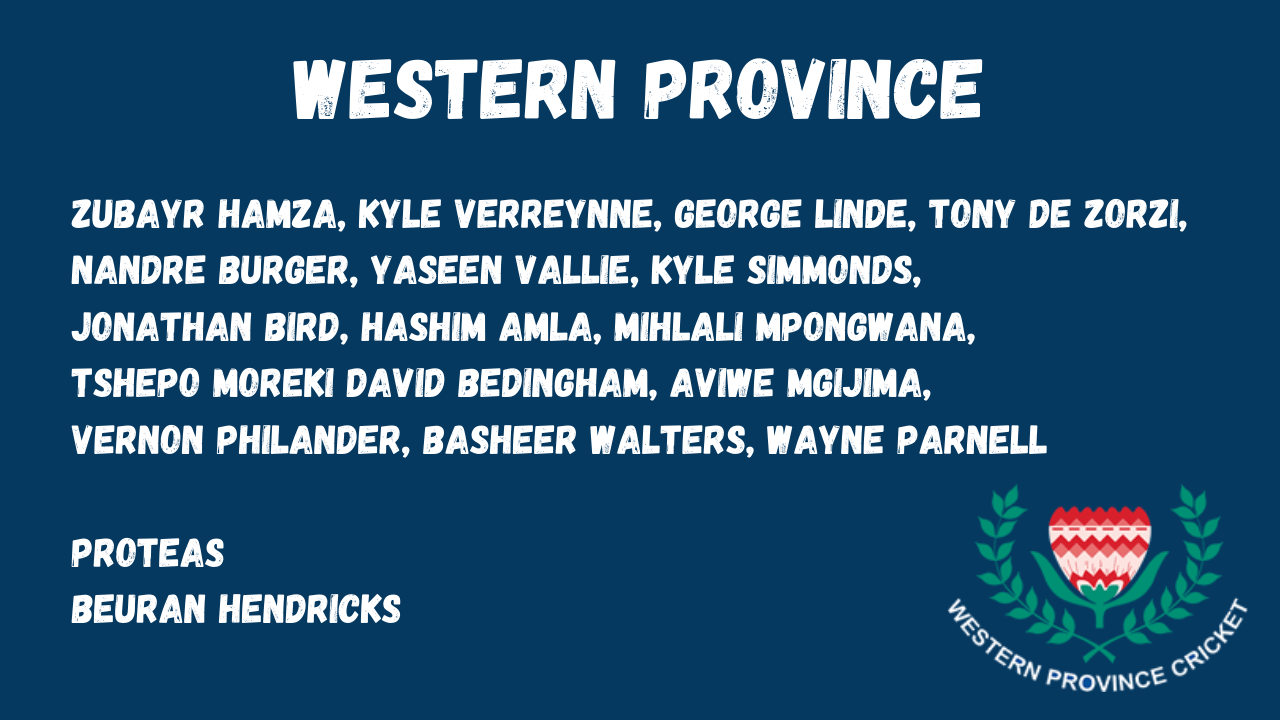
BOLAND
1 Janneman Malan
2 Pieter Malan
3 Isma-eel Gafieldien
4 Stiaan van Zyl
5 Michael Copeland
6 Hlomla Hanabe (wk)
7 Shaun von Berg
8 Ferisco Adams
9 Siyabonga Mahima
10 Kyle Abbott
11 Achille Cloete
Another Province to have gone all out in the market to try and secure quality players. They were very successful at luring quality to the province as they managed to secure the players like Pieter and Janneman Malan, ex Kolpaks in Abbott and Viljoen to complete what looks like a really good-looking Boland squad.
I am sure a lot of people will be hoping that domestic cricket will be on our screens again because as we would have seen in the MSL, watching Boland play is a bucket list thing. Boland is also one of just two Division 1 sides to sign a current U19 player.
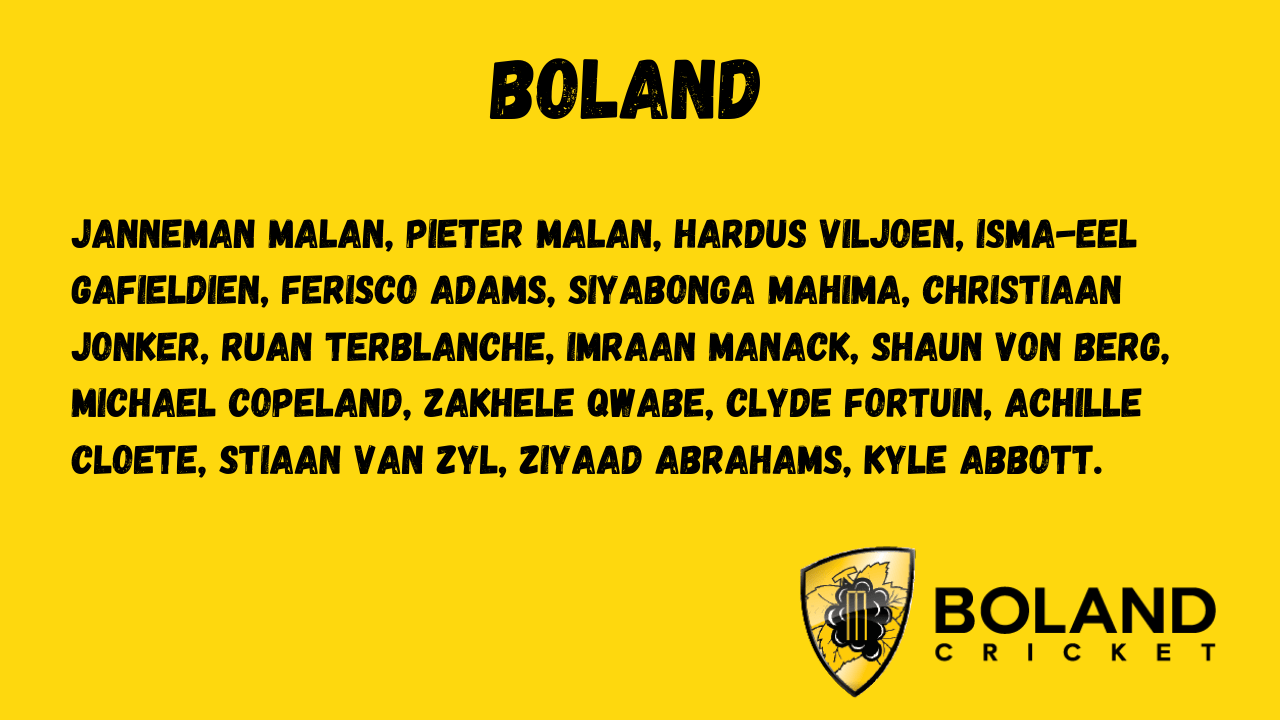
KZN COASTAL
1 Sarel Erwee
2 Thamsanqa Khumalo
3 Keegan Petersen
4 Marcus Ackerman
5 Khaya Zondo
6 Grant Roelofsen (wk)
7 Eathan Bosch
8 Thando Ntini
9 Prenelan Subrayen
10 Ottniel Baartman
11 Daryn Dupavillon
Predominantly the then Dolphins squad and arguably the most balanced squad in the division. The Coastal side has also been busy on the market as they secured 3 allrounders in Bryce Parsons, Thando Ntini and Jason Smith. One can only imagine what the level of competitiveness will be in that camp.
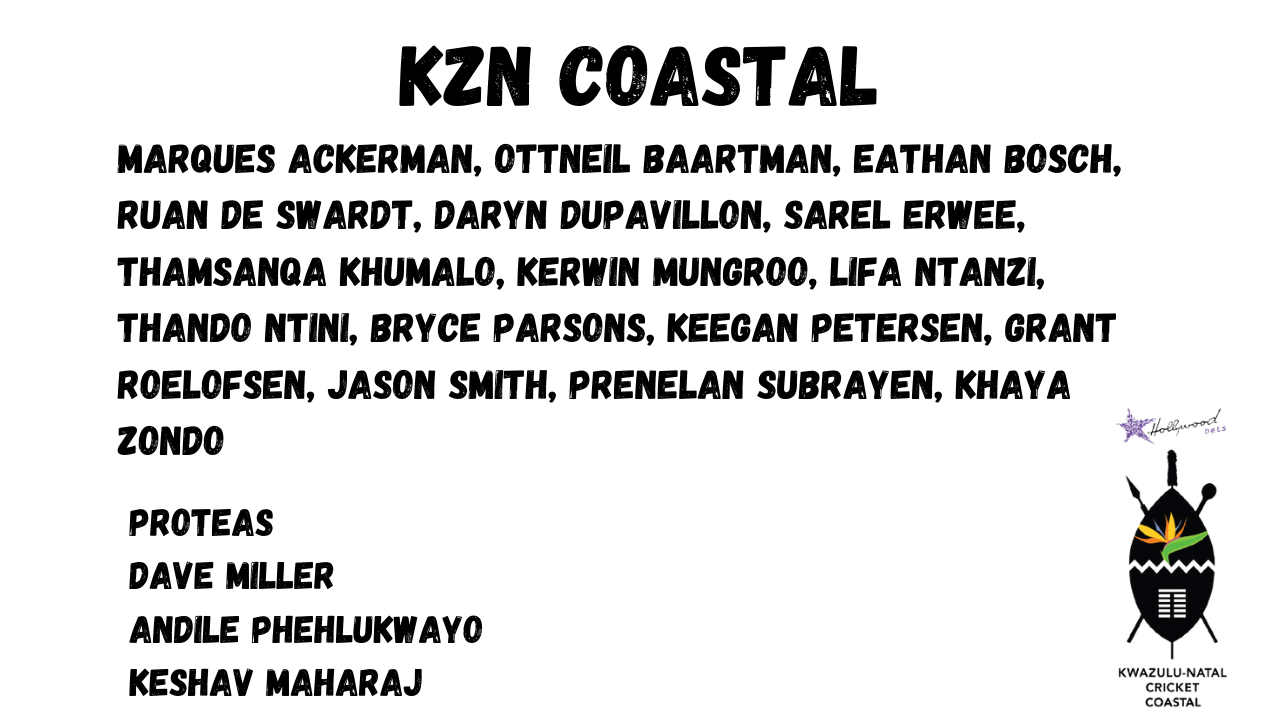
EASTERN PROVINCE
1 Matthew Breetzke
2 Eddie Moore
3 Rudi Second
4 Diego Rosier
5 Sinethemba Qeshile (wk)
6 Jon-Jon Smuts
7 Lesiba Ngoepe
8 Marco Jansen
9 Glenton Stuurman
10 Mthiwekhaya Nabe
11 Dane Paterson
Not a side that signed too many as they decided to keep the majority of what was the Warriors squad. They have bolstered their squad with Dane Paterson, Sekhukhune and Rosier. All eyes will be on young Tristan Stubbs after he made his presence felt in the T20 tournament.
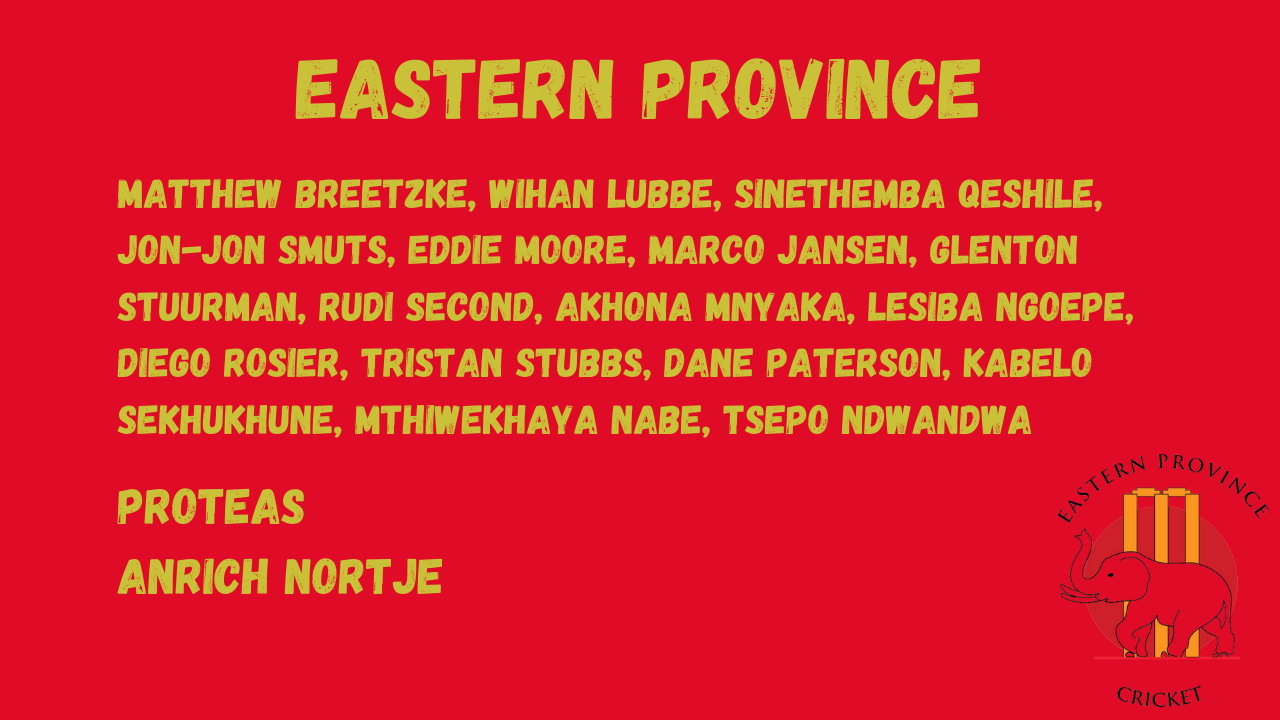
FREE STATE
1 Matthew Kleinveldt
2 Jacques Snyman
3 Raynard van Tonder
4 Pite van Biljon
5 Farhaan Behardien
6 Patrick Kruger
7 Wandile Makwetu (wk)
8 Migael Pretorius
9 Gerald Coetzee
10 Gregory Mahlokwana
11 Mbulelo Budaza
Kept most players from the Knights and Free State but added Mangi Mosehle and Greg Mahlokwana to their squad.
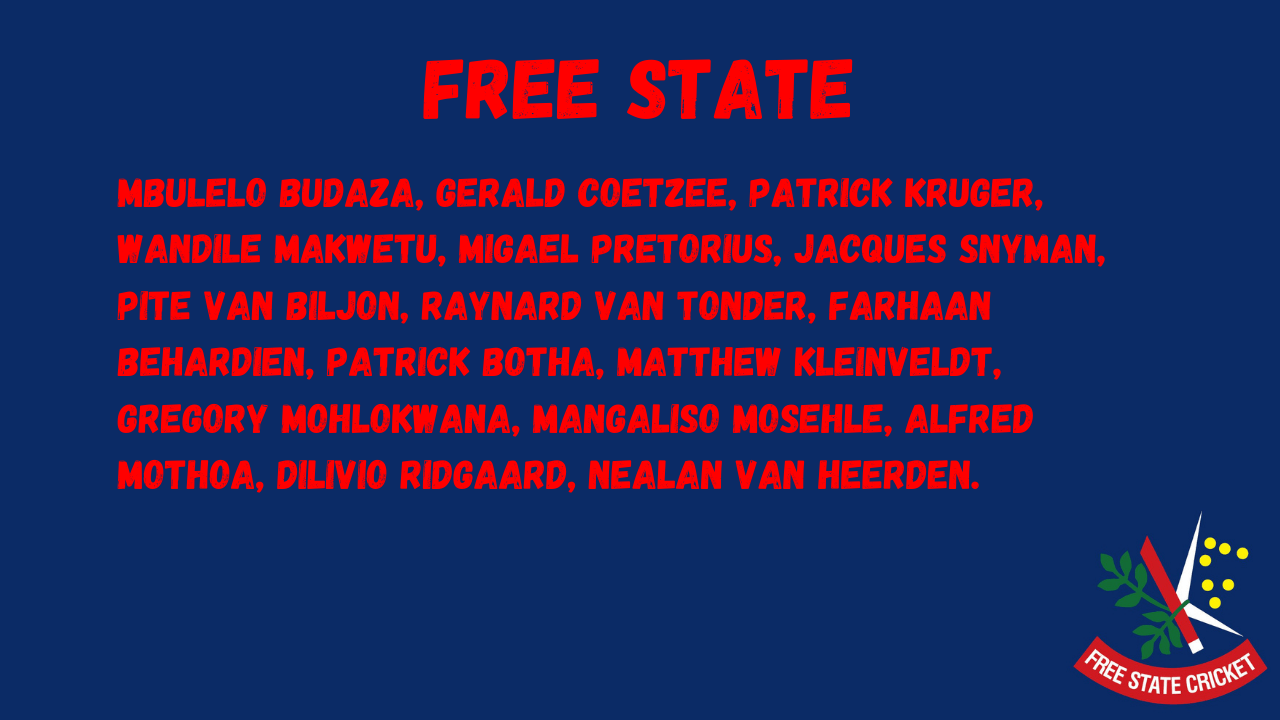
GAUTENG
1 Joshua Richars
2 Dominic Hendricks
3 Reeza Hendricks
4 Kagiso Rapulana
5 Ryan Rickelton (wk)
6 Ruan Haasbroek
7 Bjorn Fortuin
8 Lutho Sipamla
9 Tladi Bokako
10 Sisanda Magala
11 Duanne Olivier
Still mostly an old Lions team but with the addition of a few rookies and the surprise signing of Duanne Olivier.
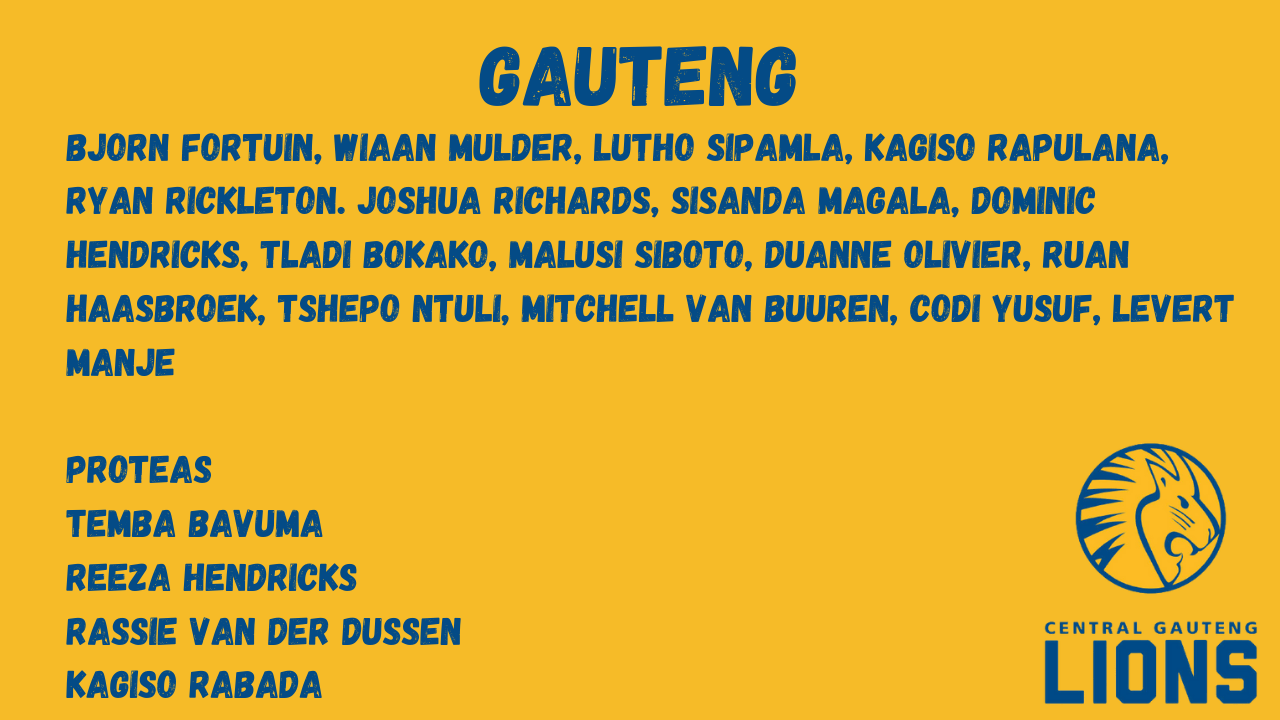
NORTH WEST
1 Lesego Senokwane
2 Heino Kuhn
3 Senuran Muthusamy
4 Shaylen Pillay
5 Wesley Marshall
6 Nicky van den Berg (wk)
7 Delano Potgieter
8 Chad Classen
9 Lwandiswa Zuma
10 Eldred Hawken
11 Johannes Diseko
A lot of people believe North West players have simply gone home thanks to the new system. They quite a number of signings like Senuran Muthusamy and Marco Jansen’ twin, Duan Jansen. Will be interesting to see how they line up.
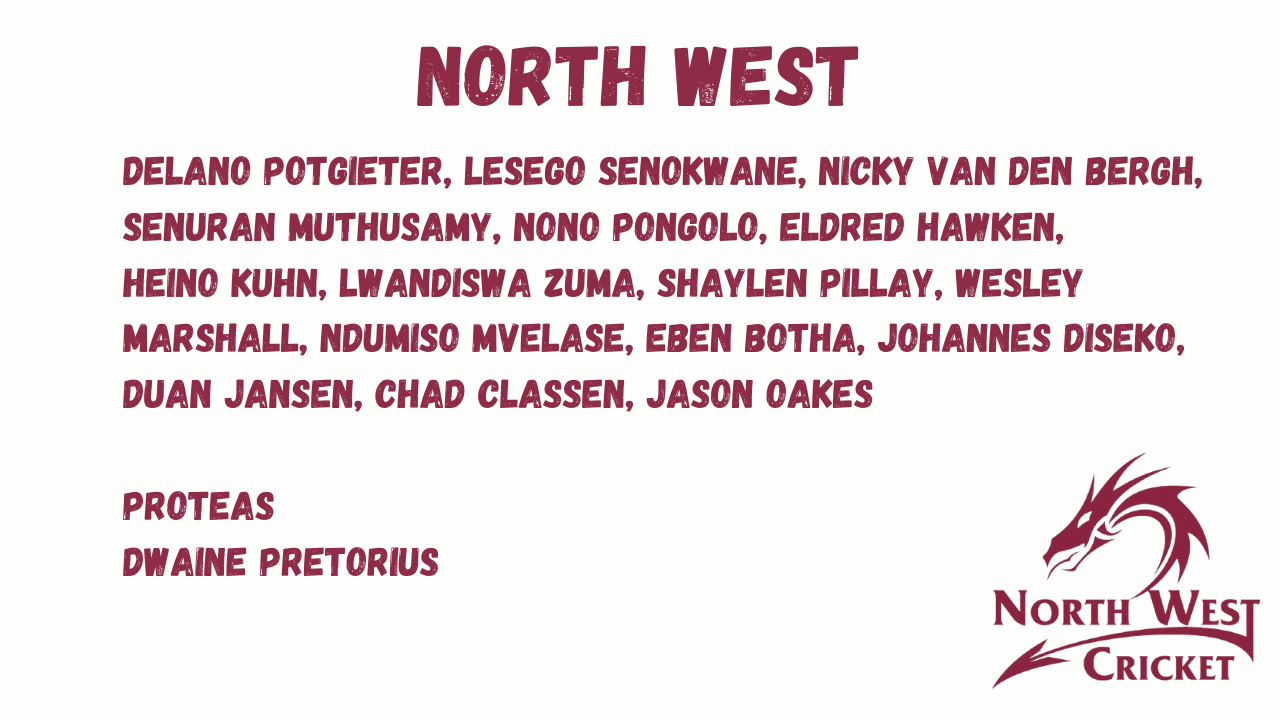
NORTHERNS
1 Jiveshan Pillay
2 Grant Mokoena
3 Gihahn Cloete (wk)
4 Theunis de Bruyn
5 Neil Brand
6 Dewald Brevis
7 Dayyaan Galiem
8 Simon Harmer
9 Okhule Cele
10 Junior Dala
11 Lizaad Williams
One of two sides to sign a current U19 player. Not too many players signed but a few interesting signings in Simon Harmer and we see A Phangiso also return to Pretoria
It will be interesting to really see how these sides actually line up for their matches. The above XIs are strictly for first-class cricket matches and may be very different for the white ball format.
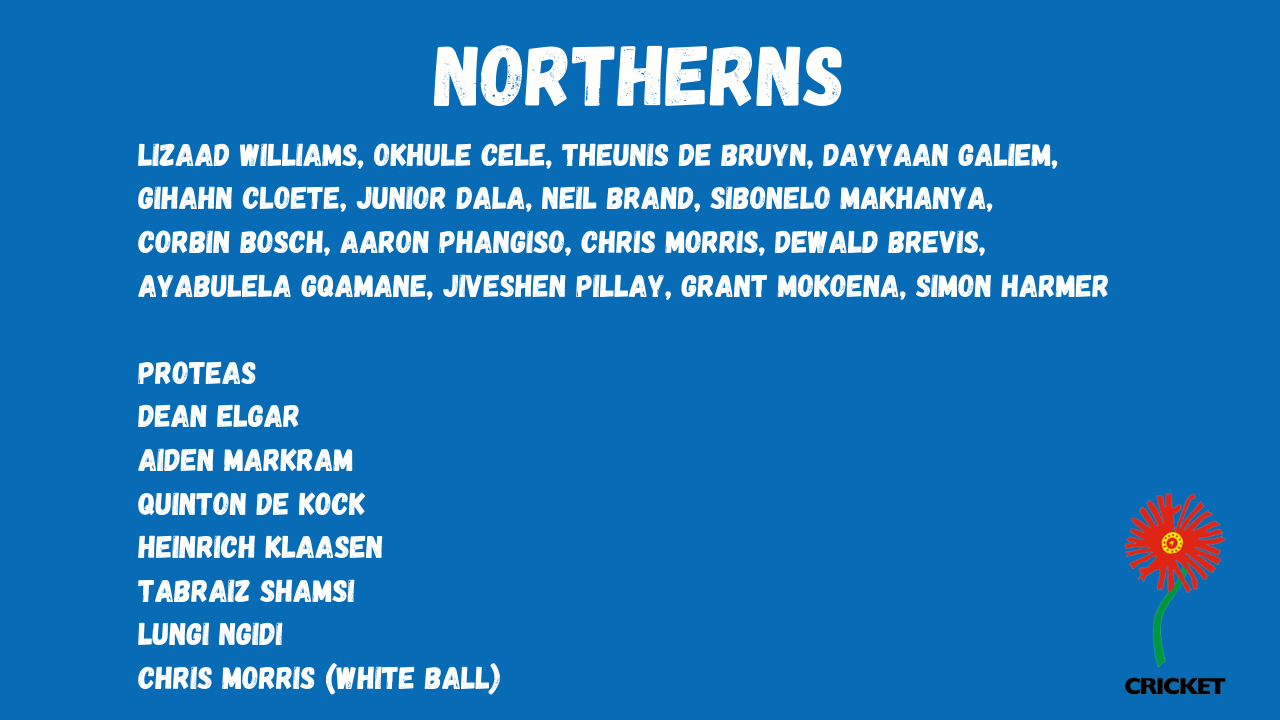
Domestic Restructure discussion
Advertisement
Ezra Poole's Online Wicketkeeping Academy
Learn how to Master The Craft of Wicketkeeping Without Having to Hire a Full-Time Personal Coach.

The Malan Brothers Were Drawn in be the "Community Feel"
By Ongama Gcwabe
Boland Cricket has made some bold signings which included the Malan brothers – Janneman and Pieter – a duo that should ensure that they are a force to be reckoned with as Professional Cricket makes a fresh start.
The new structure of professional cricket is finally upon us, the Division One squads have been announced and there’s a huge excitement from the fans around the country.
Boland Cricket has surprised many with their signings mainly because no one was expecting such big signings at a part of the country that hasn’t seen much cricket in recent years.
The #BeBoldBoland initiative is fitting because these signings are most certainly bold.
Amongst the new signings at Boland are the Malan Brothers who have become a household name & a favourite brotherhood in South African cricket in the past three seasons.
“I think we played all different types of sports and cricket was sort of just the one that took off,” Pieter Malan told Cricket Fanatics Magazine in an exclusive interview.
“Growing up, we were very excited when Janneman was born. Because he was a fielder when Andre (the middle brother) and I played. He [Janneman] had to hide behind the tree for the first part when we were hitting the ball, but he quickly became a bigger part of the game.”
The camaraderie between the brothers heads over to Paarl for the 2021/22 season. The brothers understand the role they have in lifting the Boland Cricket brand to new heights.
“A big thing for me that I’m excited about with Boland is the community feel to it and the way the fans engage. The fans come out and they engage and they want us to do well,” said Pieter.
“So that’s the part I’m most excited about – is that sort of engagement and really being a team that plays for the community and for the people of Boland.”
The Paarl faithful really took the country by storm in the way that they supported their team [Paarl Rocks] during the Mzansi Super League. They are arguably the most supportive & vocal fans in the country.
“In the Mzansi League – the games there (at Boland Park) were amazing and hopefully we can have cricket where the fans can come and watch again,” explained Janneman.
“There’s just a different kind of energy around when it’s a sunny day and there’s nice music and vibe and as a player, you kind of feel good to be there. So I’m looking forward to that.
New squad, new team, new cricket structure. But the objective for any professional team remains the same – to win trophies.
There’s a big opportunity for this group of players at Boland Cricket to really establish an identity for the team that they will be known for.
“It’s exciting because it’s a new side, we can put our stamp on it to really be a hard-working team that does things the right way. I mean, we need to win trophies. So that’s what we’ll be trying to do,” said Pieter.
“I think it’s a good opportunity especially with the squad we have, we have a good potential to see how we gel as a team and go to work to win trophies,” Janneman concluded.
Boland Cricket certainly has impressed with the perfect combination of youth & seniority in their team. As a fan, like all the other fans in the country – we cannot wait to witness the level of cricket we will have at our disposal.
Boland Squad: Janneman Malan, Pieter Malan, Hardus Viljoen, Isma-eel Gafieldien, Ferisco Adams, Siyabonga Mahima, Christiaan Jonker, Ruan Terblanche, Imraan Manack, Shaun von Berg, Michael Copeland, Zakhele Qwabe, Clyde Fortuin, Achille Cloete, Stiaan van Zyl, Ziyaad Abrahams, Kyle Abbott.
This content was sponsored by Boland Cricket.
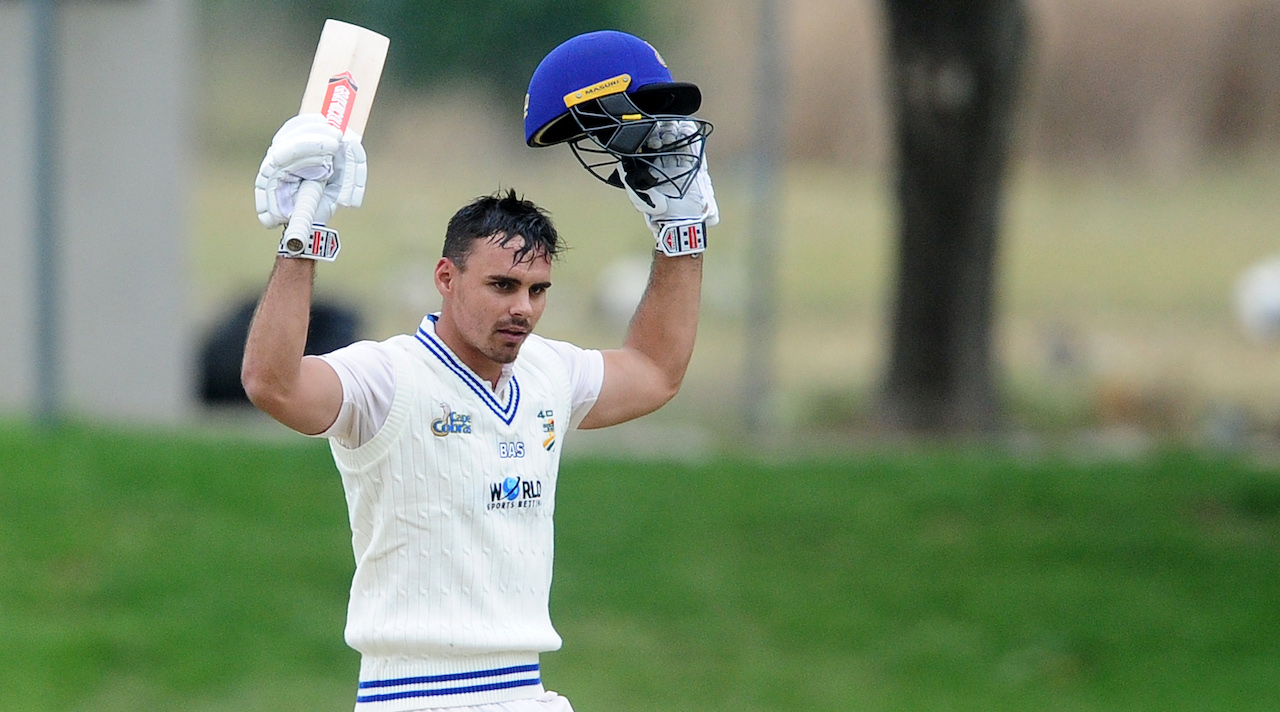
“I'm Still South African so I'd Like to Play for SA”
By Marc Jacobson
David Bedingham, who has hit a magnificent purple patch for Durham in the County Championship this month, still holds the ambition of representing the Proteas in the future.
Bedingham plays for Durham in the County Championship, and in his first three games for the County, he set a career-best score of 180 not out in his first match and broke that milestone by scoring a massive 257 in his third match.
He racked up 565 runs at an average of 141.25 in the month of April, as he holds the prospect of becoming the first batsman to reach 1,000 runs before the end of May since Graeme Hick, in 1988.
Despite getting this rich taste of cricket in England, Bedingham remains patriotic to his ambitions of representing South Africa.
In an exclusive interview with Cricket Fanatics Magazine, when asked whether he wants to play for South Africa or England, the 27-year-old responded: “I’m still South African so I’d like to play for South Africa.”
He added that neither the South African domestic league nor the English county league is “better” than each other, but rather that they are simply “different”.
“They just have different conditions and different balls. I feel like when England comes over to play SA they pick different bowlers to what they would pick if they played at home,” he said.
“It’s tough to compare, but they both have high standards. They’re just different. I enjoy playing in SA and on those harder wickets a bit more. But in saying that the last three wickets I’ve played on – especially against Notts [in the County Championship] – have been quick and bouncy.
“It just depends on which venues in the country you play. But you just have to score the runs, whether you’re in England or SA – so it doesn’t matter [too much].”
Upon returning to his homeland Bedingham has signed with Western Province for next season in light of Cricket South Africa’s recent domestic restructuring.
SEE WHAT HE HAD TO SAY ABOUT THE NEW VENTURE IN THIS EXCLUSIVE INTERVIEW:
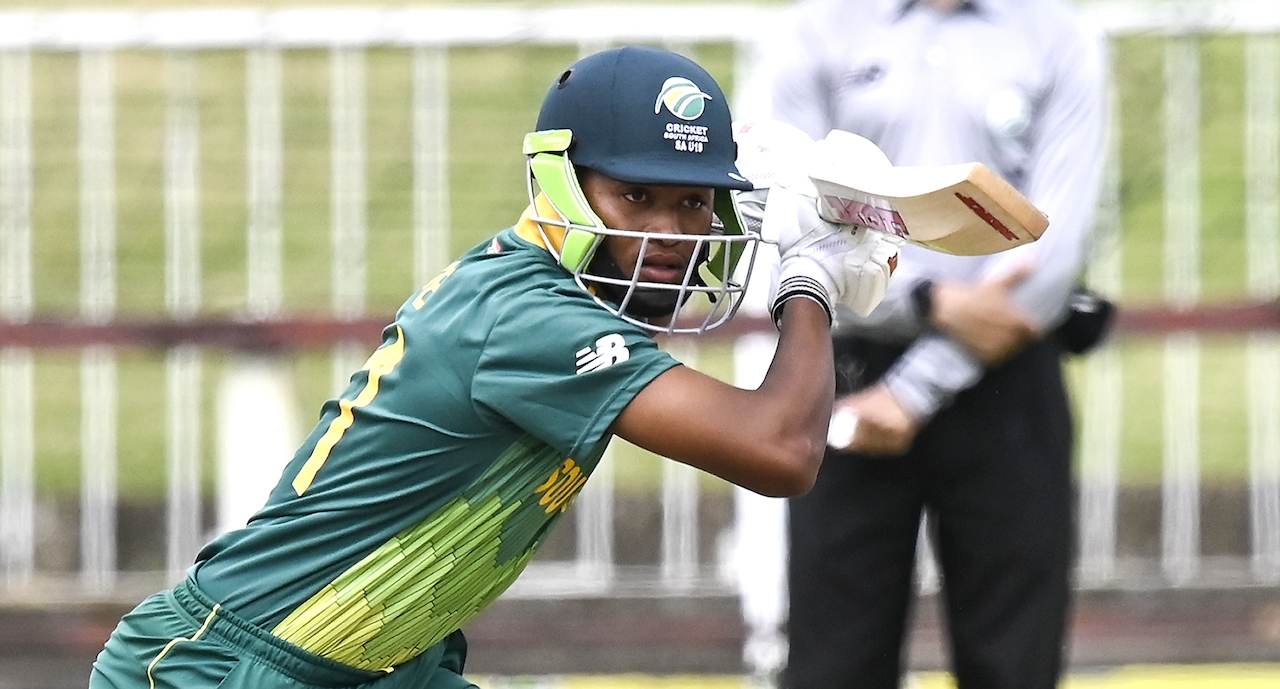
Q&A: Levert Manje
By Jessica & Janine October
How were you introduced to cricket? Was it always your interest? I was introduced to cricket by my grade 2 teacher at Toekomsrus primary school
How do you think the Khaya Majola Week benefits the development of young players coming through the system?
I think it's a great platform for youngsters to showcase their talents against the best in the country. It also opens doors to help you move on to the next chapter in your career
What was your most memorable batting moment?
My most memorable in batting was scoring a 110* for the strikers on debut
What went through your mind on your debut for the Coca-Cola SA U19s 5th ODI against Pakistan?Not much really just a very special moment in my cricketing career I'll forever remember
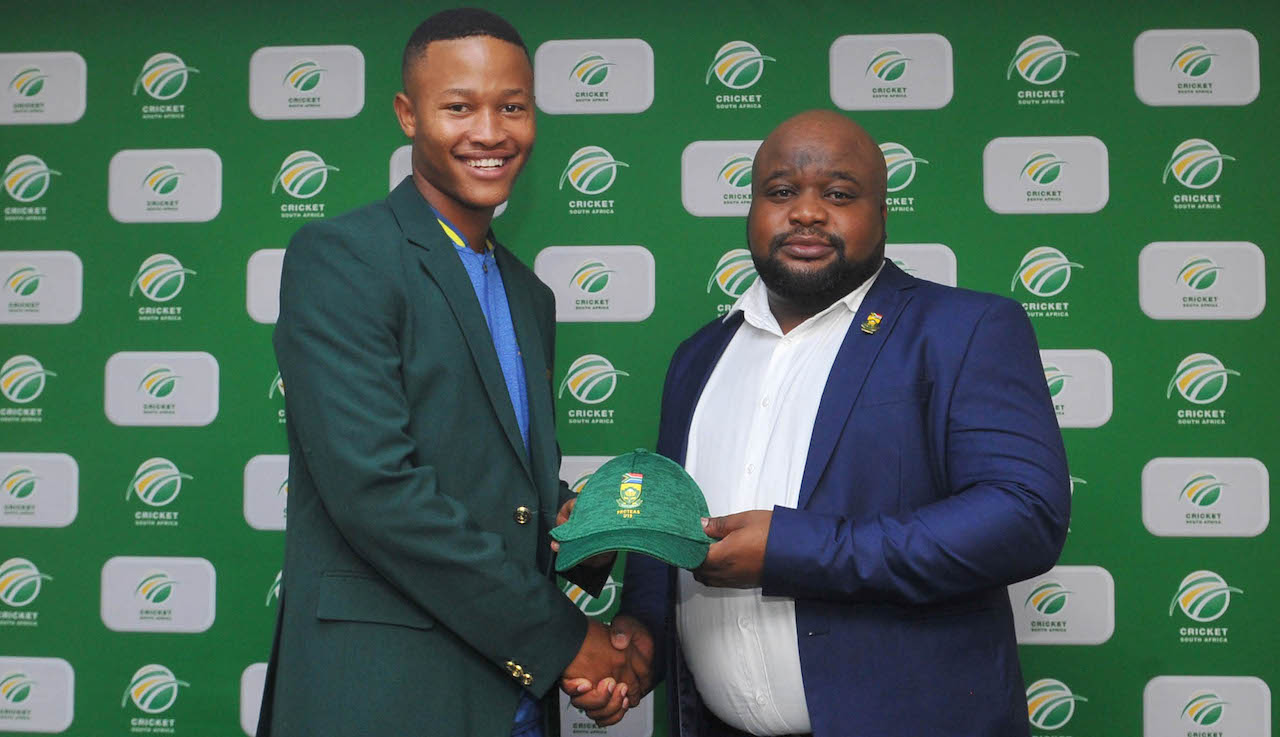
You have been called up into the Division 1 Central Gauteng Lions’ squad, among big names such as KG and Rassie. How did you feel?
Unreal it's a feeling I cannot explain. I just feel privileged for the opportunity
How would you describe the coaching you received at school level compared to provincial?
Coaching after school is more hands down and it’s all up to you to put in the extra yards
How do you prepare yourself mentally before every game?By just listening to my favourite tunes the night before and being by myself.
In your opinion, how do coaches impact young players?
Coaches impact young players positively just through motivating them and it really makes a huge difference in how you go about your game

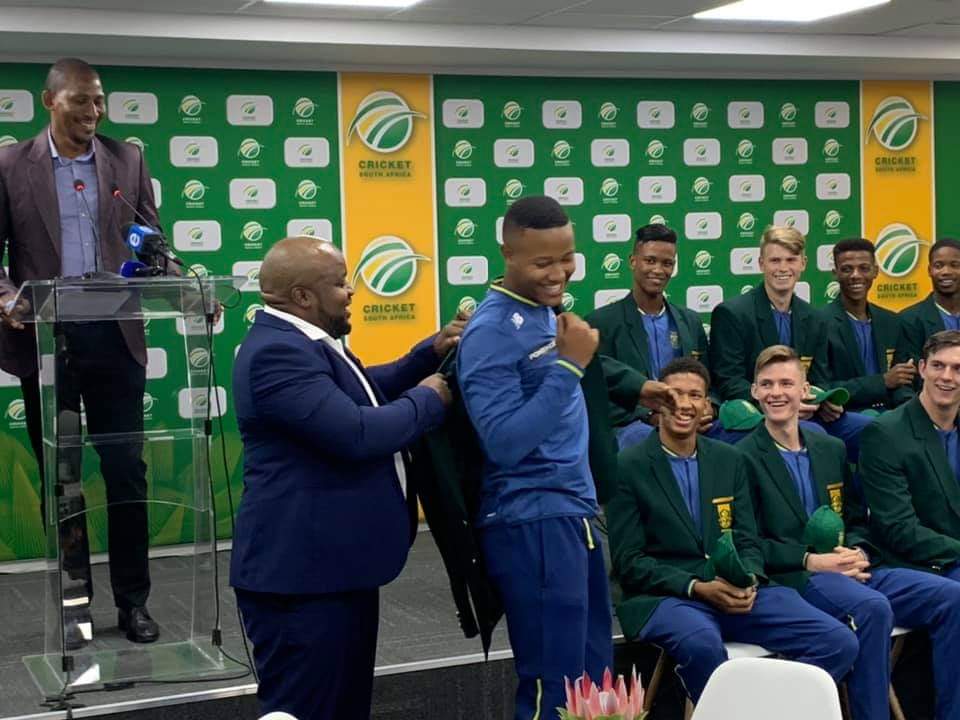
What does your typical training day consist of?
Running, hitting the gym and hours in the nets
Who is your mentor or go-to person?
My go to person would be Alviro Petersen and Sean Bloemetjes
Were you following the IPL? If so, which team did you support?
Mumbai Indians
Who is your favourite cricketer? Batter or bowler.
Suryakumar Yadav
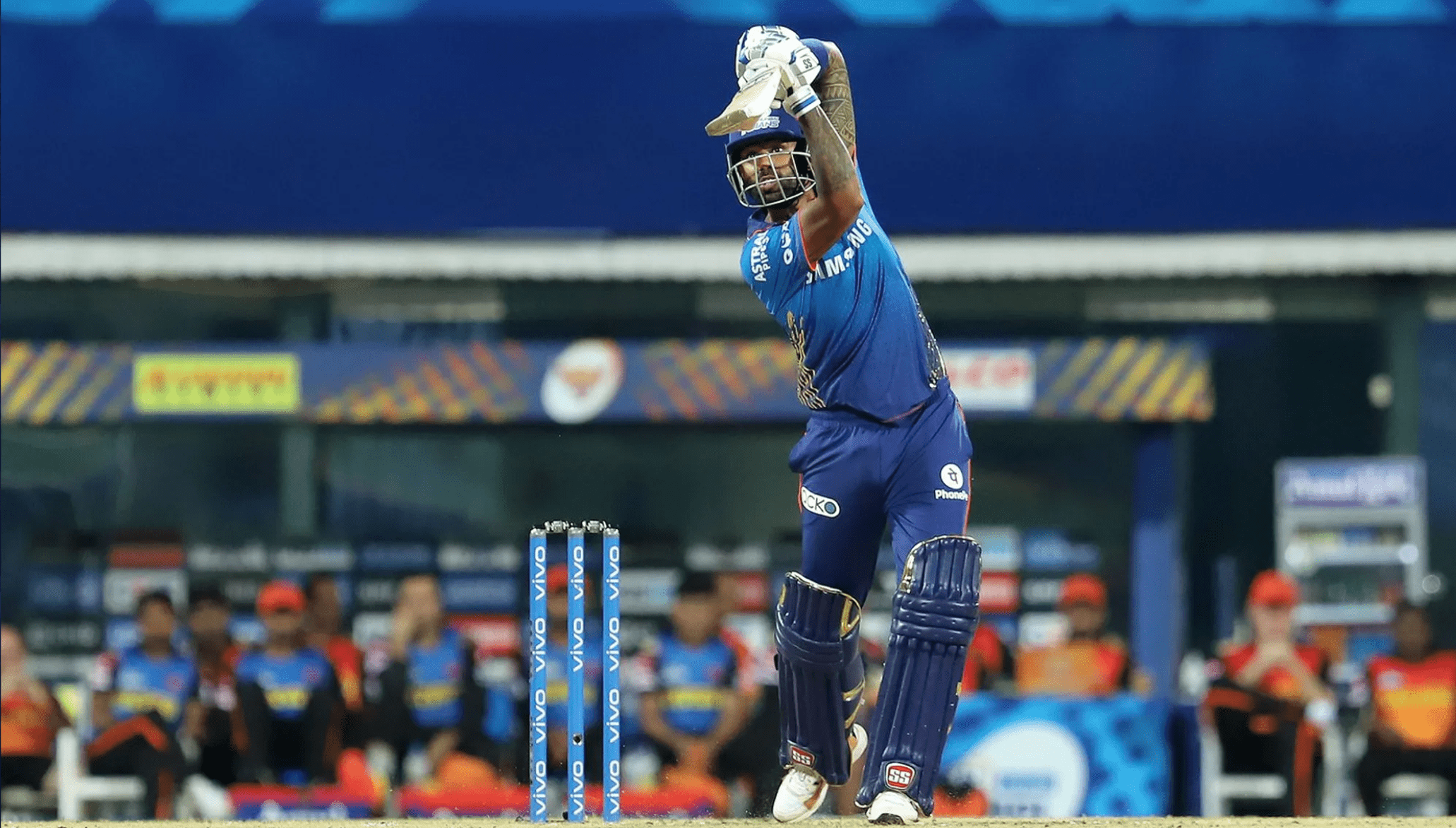
Top 5 songs on your playlist right now? Which one(s) get you hyped for the day?
Hype: 1942 flows – Meek Mill
No role modelz – J Cole
1985 – J Cole
Free smoke – Drake
Unforgettable – French Montana ft Swae Lee
Burning Question: Manchester United or Liverpool FC?
None of the above. Man City for life 
What do you enjoy doing in your free time?
Playing Fifa and Fortnight
Name your fantasy opening batting partnership?
Martin Guptill and Quinton de Kock
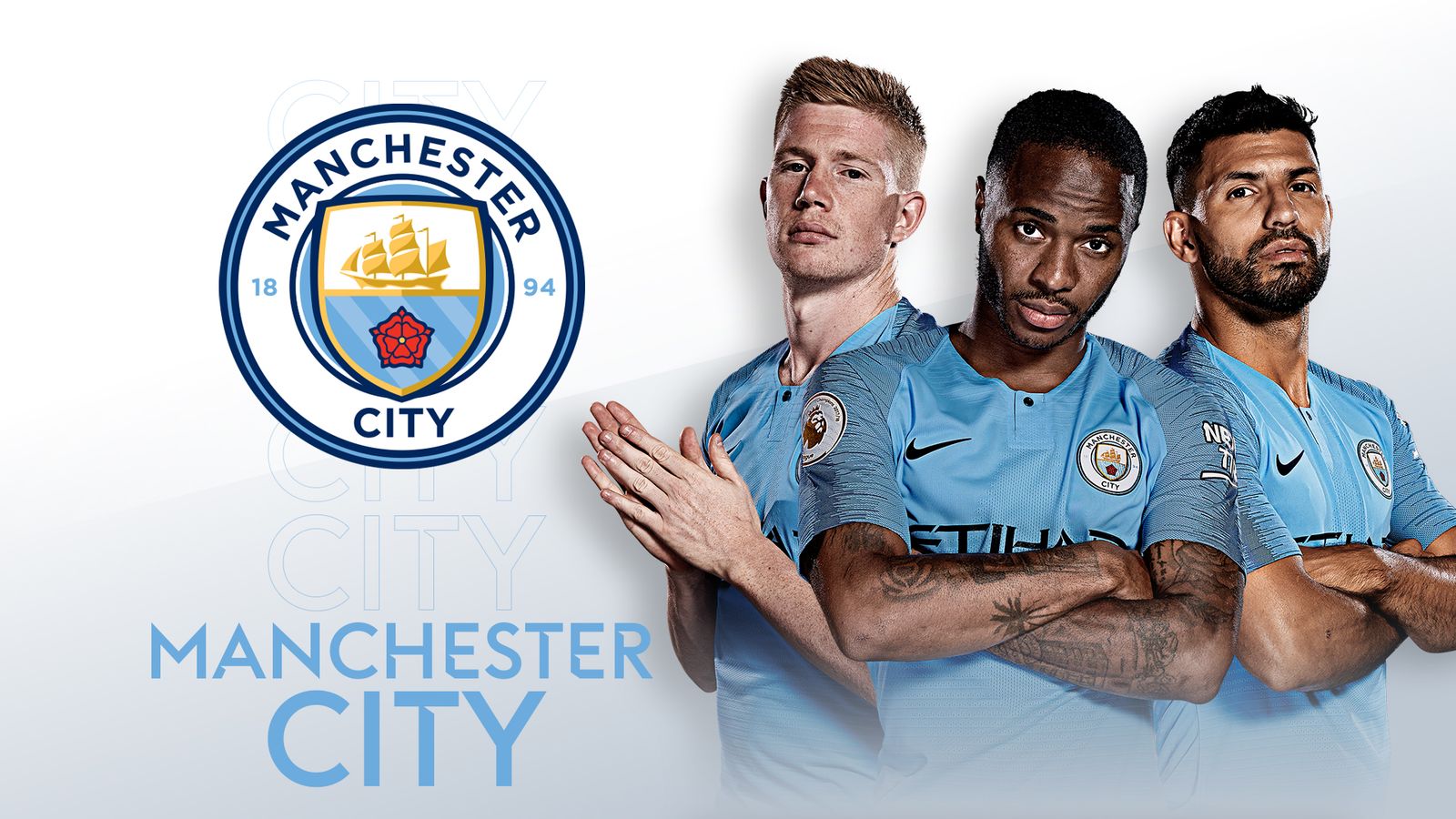
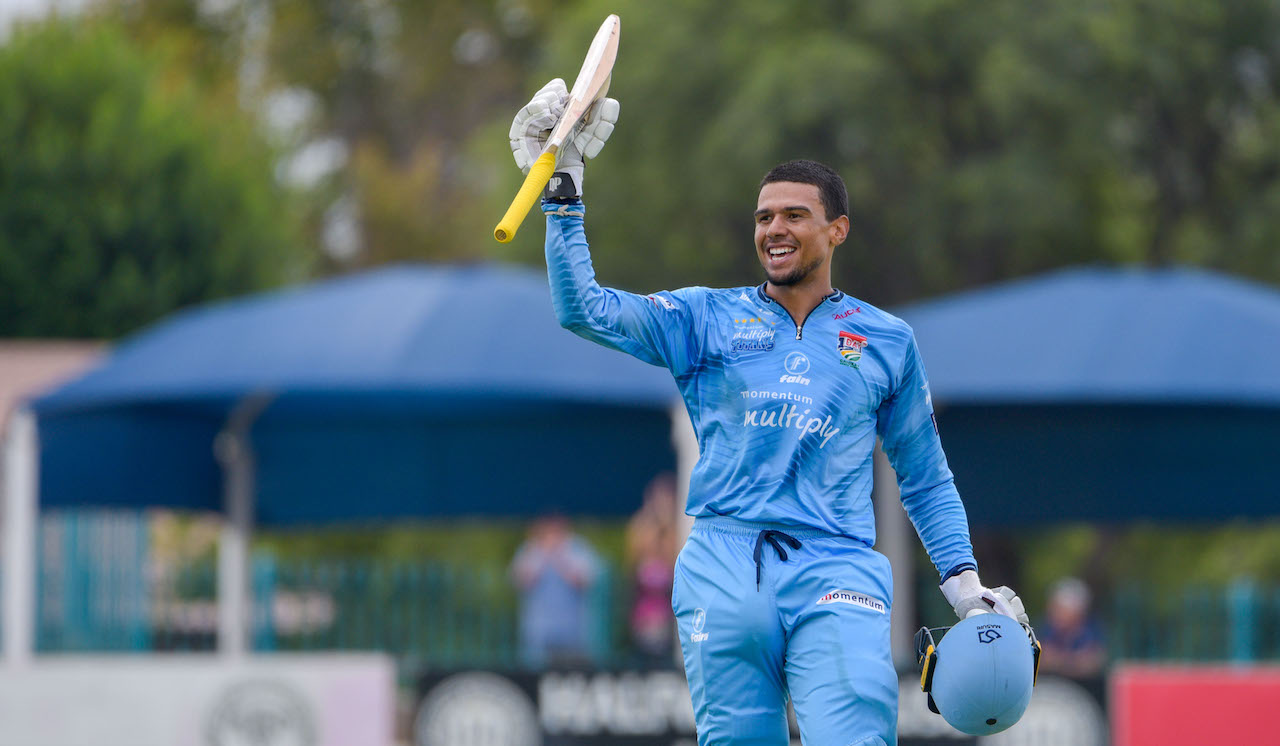
"It's time I become the player I’ve always known I could be"
By Lubabalo Skhosana
One of Eastern Province’s hot new signings is confident that his new venture in the Domestic Restructure can help him reach his full potential.
Only just 26 years of age and Diego Rosier has been around for a while now trying to knock down doors in South African domestic cricket. The Kimberly born former SA U19 batsman has represented teams like Free State, Northern Cape, Northerns, Titans, Knights and was scooped up the Pretoria Mavericks for the Inaugural T20 Global T20 league that was later cancelled.
Rosier made his List A and First-Class debuts in 2010 for the Griqualand West, then a year later, he made his T20 debut for Griqualand West. Rosier has since moved from Titans to Eastern Province following the restructuring of South Africa’s domestic cricket that has seen a lot of movements of players from one Province to another.
As someone who has been around for a number of years now, Diego Rosier will be the first to admit that he is yet to fulfil his full potential on the cricket field especially in the longer format.
He has generally done well in white-ball cricket regardless of the level he is playing at and an average of 55.83 Northerns and 46.80 for the Titans even though the sample size for the Titans is a bit small.
It is in red-ball cricket where he seems to have struggled to fully find his consistency but during his stint at Northerns, he was beginning to look like someone who was slowly finding his feet which played a massive role in him getting a call up to the Titans side.
“In my first couple of seasons with Northerns I would say the quality of opportunity and purely being backed by the coaching staff made a massive difference in my performances,” Rosier said.
“The environment pushed me to be better and to want to be involved with the best. Everyone wanting to play up higher, having that around you constantly can only push you and motivate you to break barriers and challenge yourself.”
His move to Port Elizabeth is one of many moves we have witnessed in the last couple of weeks with Division 1 Provinces all looking to complete their squads before the deadline date. This move also provides Diego with an opportunity to try and get himself some more game time having played only 10 matches across two formats (List A and First Class) for Titans, understandably so with all the quality that the Titans have.
The move will be an opportunity for him to start afresh and look to find some and consistency which is something that he agrees with when we asked him about what inspired his decision.
“Looking for a better opportunity as I’ve learnt a lot being involved with Northerns but it’s time now to use that knowledge fully and become the player I’ve always known I could be. Hopefully having Robbie P around me will be influential in allowing me to become that player.”
Diego Rosier is someone much like Aiden Markram that has always been seen as a natural leader and has been bestowed with the captaincy in most teams that he has played for. He has captained Griquas, SA U19, Northern Cape and Northerns at some point in his career.
He gave us an idea of what being trusted with a leadership position or role in the team can do for you as a player.
“Leadership has always been part of me from my upbringing. Doing something like that for many years regardless of the level can only have nothing but positive influences on your game and as well as life itself.
“It’s more than just making decisions and that’s the beauty of it. Setting the example, leading from the front can only put you in good stead in how you carry yourself and how you want to make an impact and a difference in the environment.
“Having that trust and backing from players and staff allows you to confidently be yourself.”
Throughout his career, Diego Rosier has been someone who has not been known to shy away from competition or pressure. He is someone who believes in taking challenges head-on because he believes they all bring a lesson or two.
The move to Eastern Province will provide him with different opportunities in a different environment.
Could this be the breakthrough season for the hard-hitting batsman?
Offside Maidens
Daily Show | Let's talk about it
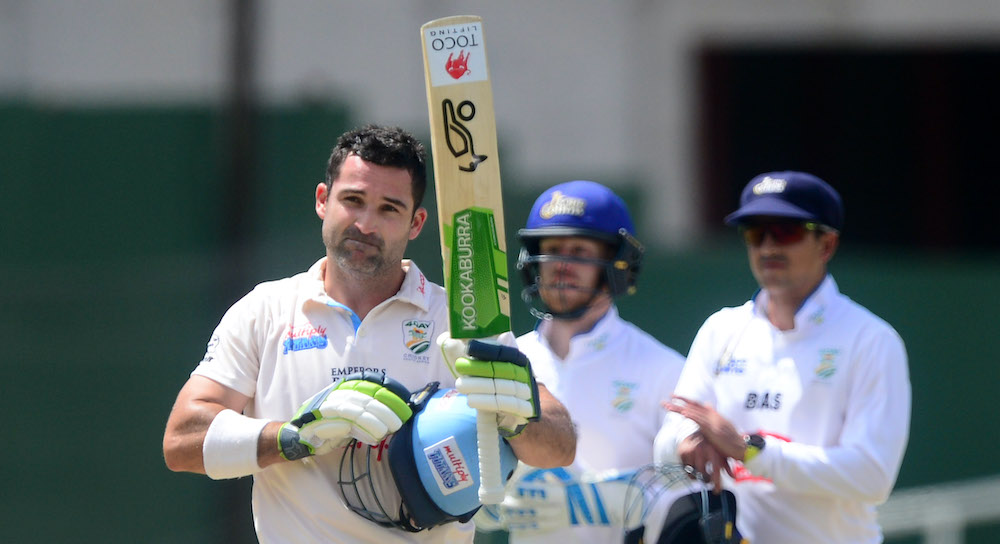
By Aditya Mehta
Cricket is the second-most popular sport on the planet. According to statistics released by the ICC, 1.6 billion people watched live coverage of the 2019 World Cup, accumulating 13.7 billion hours, which was a 72 percent rise from the 2015 World Cup.
Yet, there is an ongoing conversation about the health of cricket. Test cricket, in particular. Questions about the decline in the quality of cricket are constantly being raised.
The ICC has 104 members. Of these 104 members, 12 are Full Members, and 92 are Associate Members. Based on the current ICC revenue sharing model, the Big Three – India, Australia, and England – get 60 percent of ICC revenue, while 101 members get 40 percent.
To put this in perspective, let us analyse the cost of playing a Test match. Zimbabwe, for example, gets US$ 4 million each year, as part of an ICC grant. For a Test match, irrespective of how long it lasts, the stadium, food, security arrangements, and TV production apparatus have to be booked for five days.
The cost of TV production, alone, is US$ 40,000 a day, amounting to US$ 200,000 for the entire Test match. In total, the cost of playing a Test match is close to US$ 300,000. That is close to 10 percent of an ICC grant being spent on one fixture.
Given these numbers, should we be shocked that there are questions about the future of Test cricket?
Probably not. Even though cricket is the world’s second-most popular sport, its sustainability is largely dependent on the 1.7 billion cricket-obsessed residents of the Indian subcontinent.
How can we then elevate the standard of cricket and expand its reach, while ensuring it remains commercially viable?
This piece offers a solution – all cricket-playing nations with established domestic structures should make provisions for at least two overseas players in each domestic team.
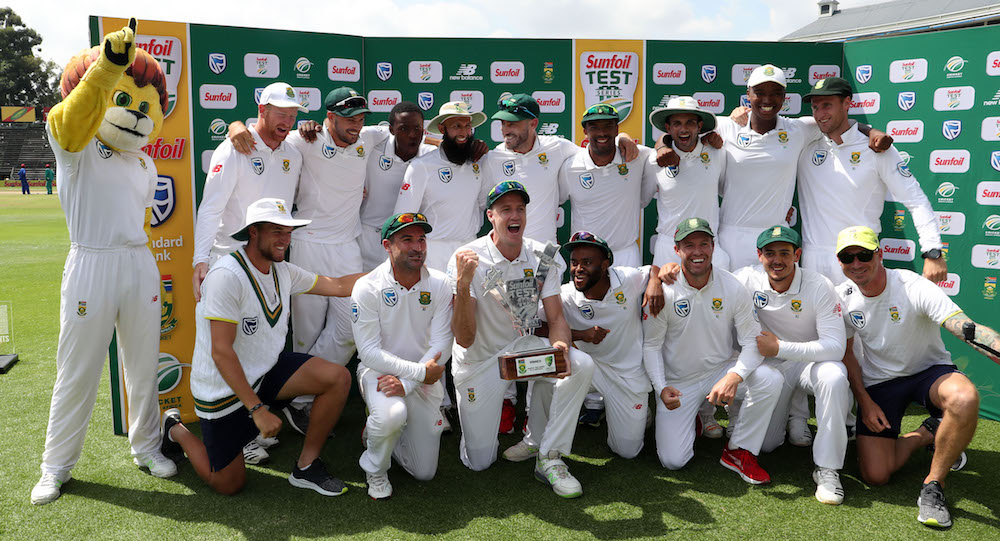
The long-term strength of a national cricket team is predicated on the quality of its domestic structure. Because of a chockablock international cricket calendar, the best players, usually busy representing the national team, are unable to play domestic cricket, which then widens the gulf between domestic and international cricket.
Sir Geoffrey Boycott, who scored 48,426 first-class runs, including 151 centuries for England and Yorkshire, once said:
“Because there was also not so much international cricket, each county had two truly great overseas players, Joel Garner and Viv Richards were at Somerset; Notts had Richard Hadlee and Clive Rice; Hampshire had Malcolm Marshall, Barry Richards, and Gordon Greenidge.”
These overseas players made invaluable contributions to the county circuit. English cricketers, having competed against world-class overseas players in domestic cricket, were then well-equipped to perform on the international stage.
Meanwhile, the experience that overseas players gained from their time in England strengthened their national teams.
Rob Key, a veteran of 299 first-class games for England and Kent, remarked, “The best standard of domestic cricket I played was when there were two overseas players and a lot of Kolpak players around.”
Echoing Key’s perspective, current Somerset spinner, Max Waller, pointed out the benefits of playing overseas players in the county circuit. Waller played alongside Sri Lankan legend, Mahela Jayawardene, who worked extensively with young Somerset batsmen on their batting drills and offered insight on playing high-quality spin. Waller also played with Chris Gayle.
Gayle may not have coached younger players on the technical facets of the game, but his reputation as a destructive batsman ensured that all Somerset games were always sold out. Waller’s reflections illustrate the cricketing and financial benefits of involving overseas cricketers in domestic cricket.
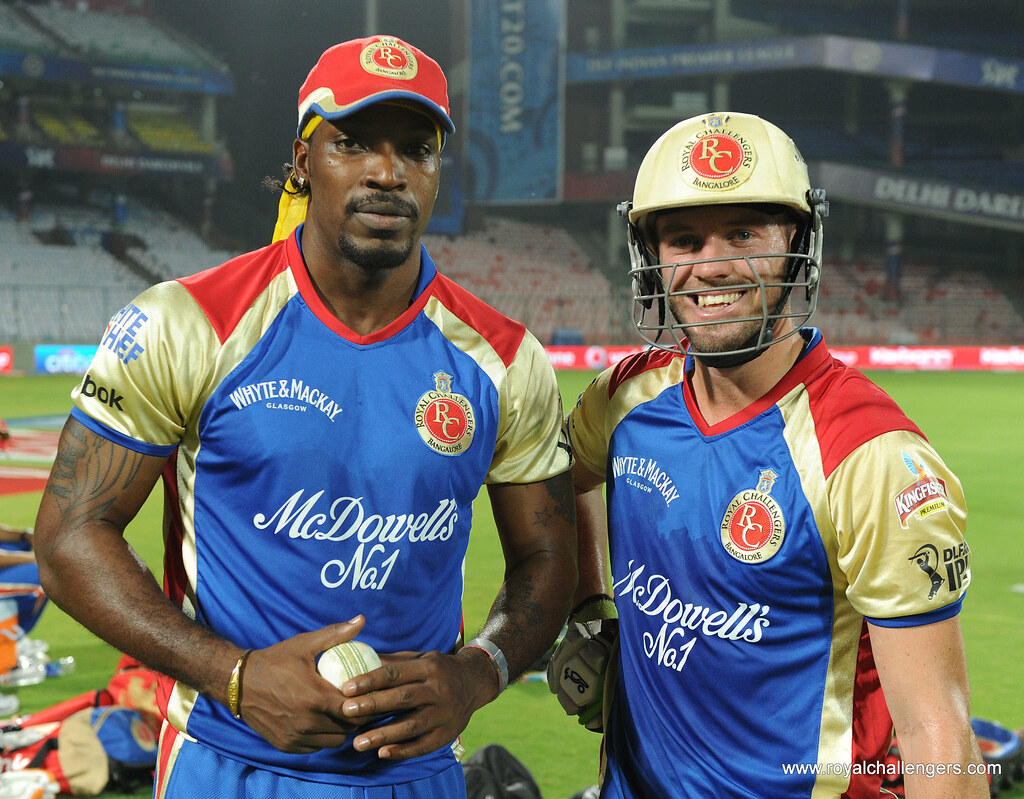
Boycott, Key, and Waller’s observations are testament to the quality talented overseas cricketers can bring to domestic cricket.
Former Australian cricketer, Tom Moody, once reflected, “I remember in the 80s and 90s, the domestic competition in Australia was looked upon and admired globally as the leading domestic cricket tournament being played.”
In the 80s and 90s, when the Sheffield Shield was at its peak, there were a number of overseas cricketers representing Australian state teams. Viv Richards and Ian Botham played for Queensland; Richard Hadlee played for Tasmania; Joel Garner played for South Australia; Imran Khan played for New South Wales.
Interestingly, the Sheffield Shield final of the 1984-85 season, considered to be among the greatest games ever played, between New South Wales and Queensland, featured players who would go on to shape international cricket for the next two decades. Allan Border, leading Queensland at the time, would captain Australia to the World Cup title in 1987.
Kepler Wessels, batting at 3 for Queensland, would lead a re-admitted South African team to the semi-final of the 1992 World Cup, which was, unfortunately, lost to a ludicrous rain-related calculation that required them to score 22 runs off 1 ball.
Imran Khan, whose reverse swing acumen was a novelty in Australia at the time took 9 wickets in that historic final, led Pakistan to the 1992 World Cup title, and set the foundation for Pakistan to develop a world-class team comprising legends such as Wasim Akram, Waqar Younis, and Inzamam ul-Haq.
That final also witnessed a 19-year-old Steve Waugh scoring a tenacious 71, who would ultimately lead Australia to the 1999 World Cup title, and oversee an unmatched dominance in Test cricket.
Over the last decade, there has been a decline in the quality of Test cricket played by certain teams, marked largely by the increasing disparity between home and away performances, and the relatively low number of Test matches being played.
This can be attributed to a significant gulf between domestic and international cricket. Therefore, involving overseas players in domestic teams can help bridge that gap.
For instance, Aiden Markram, who has played 24 Test matches for South Africa, and is already being earmarked for greatness, struggled to play spin in India.
If Markram could play for an Indian or Bangladeshi domestic team for part of a season, he will be able to counter spin better when South Africa play in the subcontinent next.
For the domestic tournament that Markram participates in, his exposure to the rigours of international cricket will help raise the standard of the tournament, and local players who interact with him will learn more about what it takes to be a successful international cricketer.
Markram’s presence would also add commercial value to that domestic tournament because he would bring in crowds and attract eyeballs on TV.
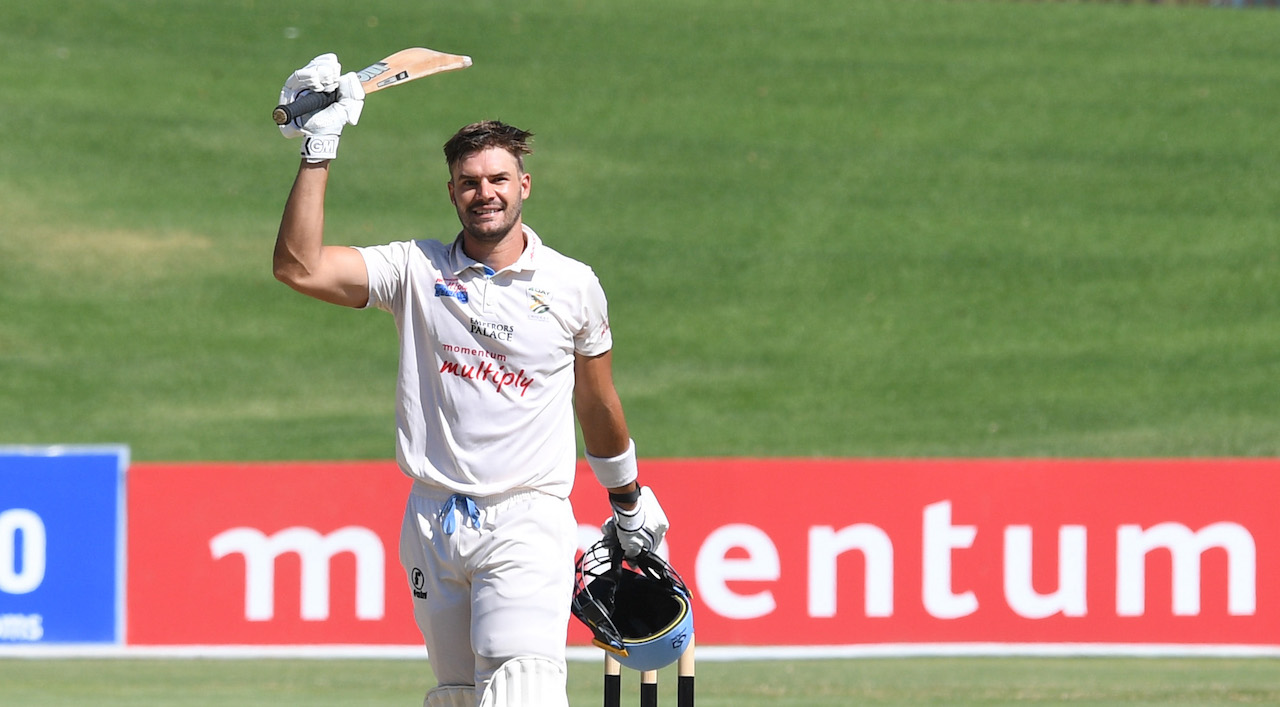
Rising stars in South African domestic cricket such as Keegan Petersen and Kyle Verreynne, who may not have had opportunities to play alongside international heavyweights such as Graeme Smith, Jacques Kallis, and Dale Steyn in the domestic circuit, would also benefit tremendously from either playing domestic cricket in another country or having overseas players in the South African domestic structure.
Young Indian batsman, Prithvi Shaw, who also has the talent to be an Indian great, recently struggled against high-quality swing bowling in Australia.
Shaw’s game would improve significantly if he played in South Africa’s new 15-team, two-division structure. Playing in South Africa would challenge Shaw to score runs on seaming wickets against top-quality fast bowlers well-versed with South African conditions.
Shaw has become a fairly popular cricketer worldwide in a relatively short period of time. His presence in the South African domestic circuit could result in an infusion of money in the domestic game, which is imperative, particularly for Division 2 teams, many of which represent economically depressed provinces in South Africa.
Involving overseas players in domestic circuits is also in the best interest of Associate nations as well as countries such as Bangladesh and Zimbabwe, who play significantly fewer Test matches than the Big Three.
For instance, Zimbabwean all-rounder, Sean Williams, has been playing international cricket for the last 16 years, in which he has only played 14 Tests and 136 ODIs. With a first-class average of 44.40, including 14 centuries, Williams has the potential to add value to any domestic team abroad.
In addition to the well-established Indian domestic setup, Williams would contribute to and learn from domestic teams in Australia, South Africa, Bangladesh, Sri Lanka, Pakistan, and the West Indies. Furthermore, Williams’ teammate, the 24-year-old bowler, Blessing Muzarabani, made his international debut in 2017.
His fast bowling skills would certainly improve if he had the opportunity to play first-class cricket abroad.
Along with the development of Williams and Muzarabani’s cricketing abilities, their presence in domestic teams abroad will make them and Zimbabwe more marketable for broadcasters, who typically rely on established names to promote bilateral series.
South Africa’s Director of Cricket, Graeme Smith, recently said, “I don’t think world cricket wants three nations competing against each other in ten years time.”
For cricket to become a global sport, it must strive to be more inclusive. The Big Three, given their financial clout, have a responsibility to strengthen world cricket by including overseas players from less financially-secure cricketing countries in their domestic tournaments.
Countries such as Pakistan, Bangladesh, Sri Lanka, and the West Indies should also strongly consider including overseas players in their domestic circuits to improve the standard of cricket, and add commercial value to their domestic cricket.
Evidence from previous decades illustrates that involving overseas players in domestic tournaments has improved the quality of cricket worldwide. The powers that be owe it to the billions of people who love this wonderful sport.
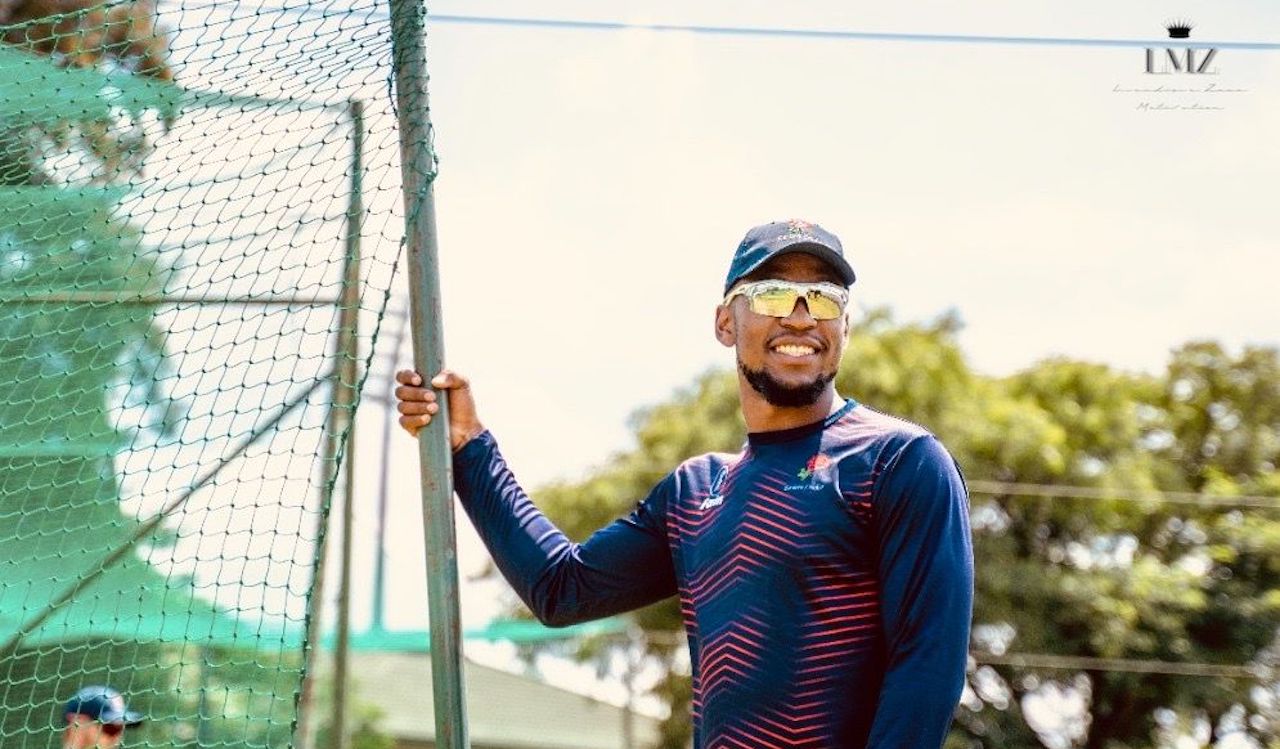
“I like to give it my 100% all the time in all skills” –Lwandiswa Zuma
By Abhai Sawkar
With the new domestic cricket era drawing nearer, North West’s new signing Lwandiswa Zuma discusses, what he describes as, his biggest career move to date.
In the light of the newly unveiled domestic structure, we’ve seen a number of talented players earn contracts with each of the 14 teams.
One such example is the fast bowler Lwandiswa Zuma, who recently got snapped up by the North West team, one of eight sides in the upper division of the domestic scene.
Zuma’s cricketing journey began in KZN. Cricket wasn’t quite his first sport – it was football. But he ended up choosing cricket during high school.
“I was fortunate enough to make the KZN U-13 side,” says Zuma. “And to this day I’m thankful that my parents let me make the decision [during high school] that would influence my whole life.”
He would go on and make the national U19 side, and he had the following to mention:
“From a very young age, I’ve always wanted to be the one who wants to motivate and uplift people who are in difficult situations.
"God made me go through hardships – I was the only one out of my group of friends in Grade 10 who didn’t make the Cubs side. I could’ve given up, but I used this experience as a source of inspiration.
“It was a special moment to play for SA U19 and visit England. It may not have gone the way we wanted to but the fact that I finally got to the point despite the challenge was a dream come true.”
Zuma would relocate to Free State, even when he was recovering from a back injury. However, the injury kept him on the sidelines for much longer than expected.
He would go on to enter the franchise scene for the first time for the Dolphins, where he featured in the 2018-19 CSA T20 Challenge.
Now that he’s signed for North West, he’s excited to showcase his skills and contribute towards a successful season in store.
“Cricket is my everything, and I’ve been a passionate person all my life. I like to give it my 100% all the time in all skills.”
Always eager to step out of his comfort zone and put himself to the test, Zuma has plenty of promise and plans on maximising his potential when the new season begins.
Video Playlist
The Podcast Live Show:
Exclusive Interviews
Crossword Puzzle
Meet the CFM Team!
ISSUE 10: Crossword Answers
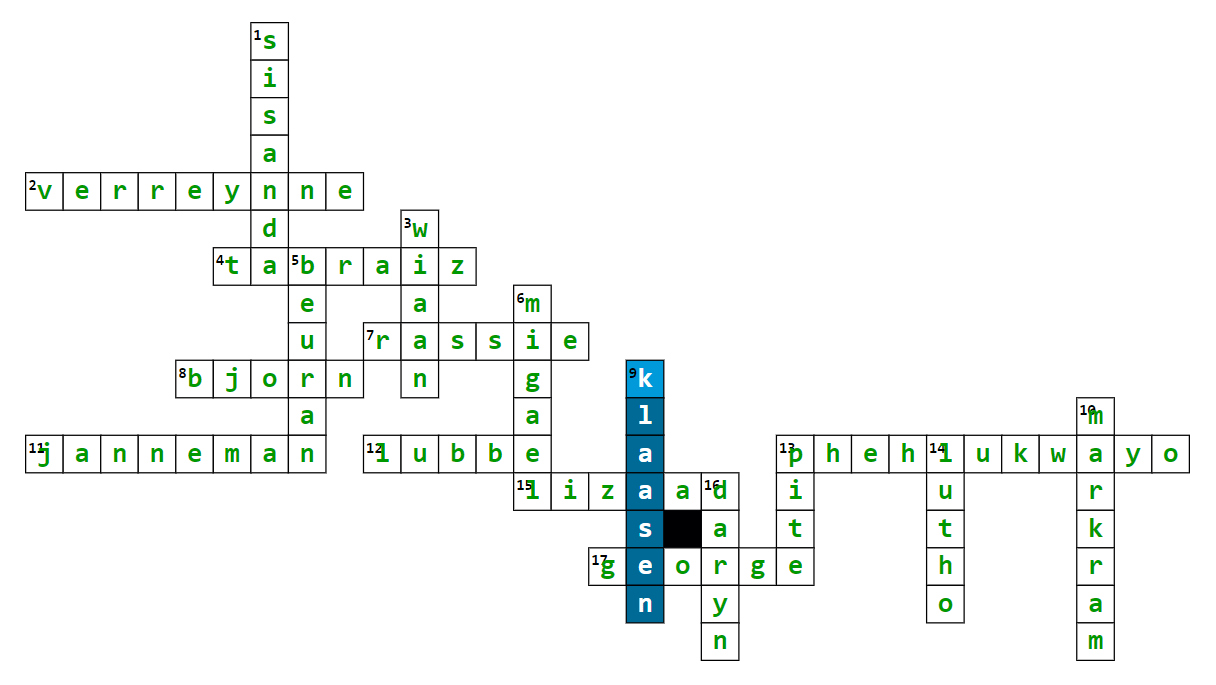

Magazine info
Editorial Director
Khalid Mohidin
IT and Technical Director
Faizel Mohidin
Contributors
Aditya Mehta
Abhai Sawkar
Chris Chiwanza
Emily Norris
Jessica October
Janine October
Khalid Mohidin
Lubabalo Skhosana
Marc Jacobson
Tara-Lee
Graphics
Khalid Mohidin (Cover and Graphics)
Mohammed Hoosain (CFM logo)
Images
BackpagePix
Video Binge List:
On Lockdown Series
The Podcast Show
Legends with Ravi
Daily Show
